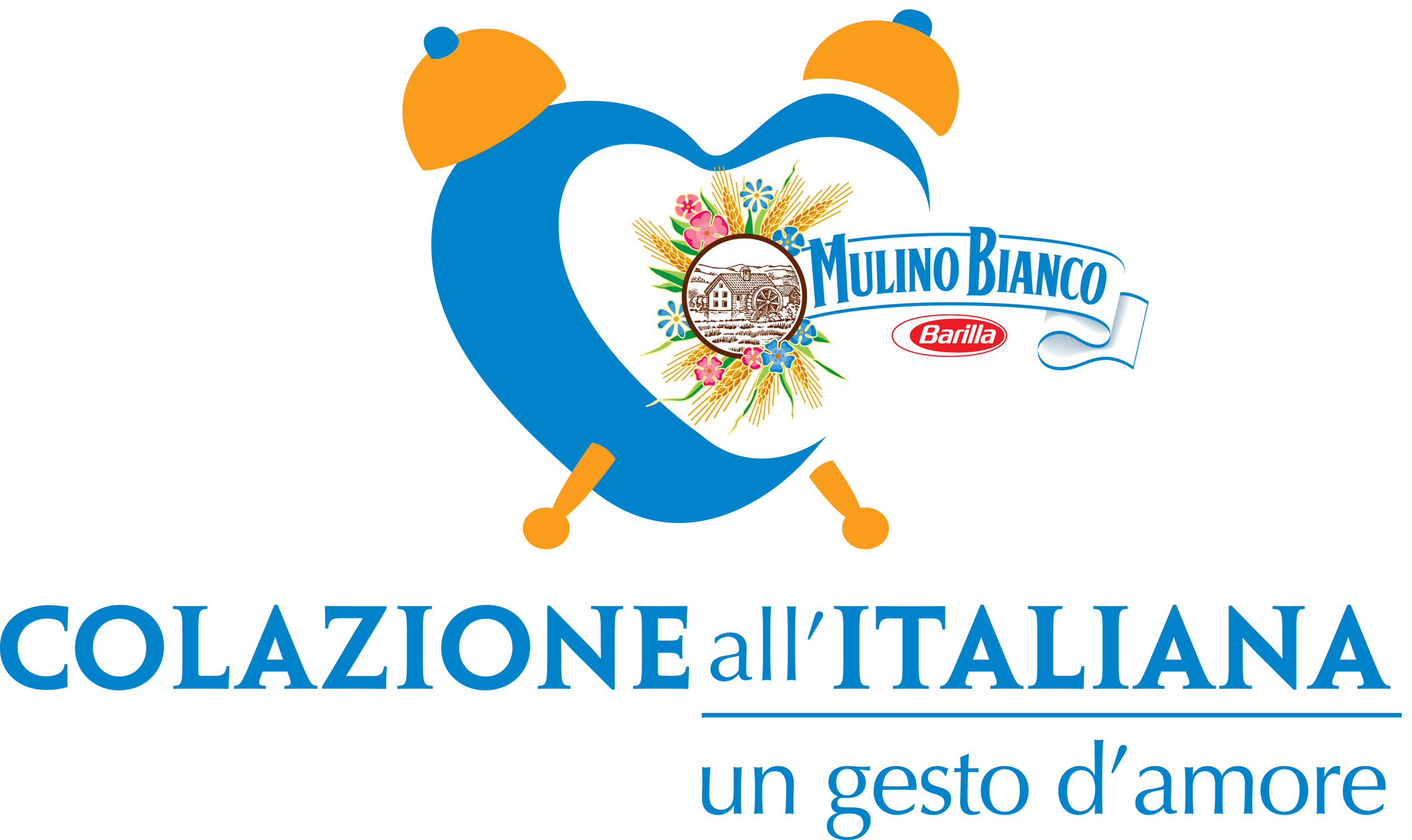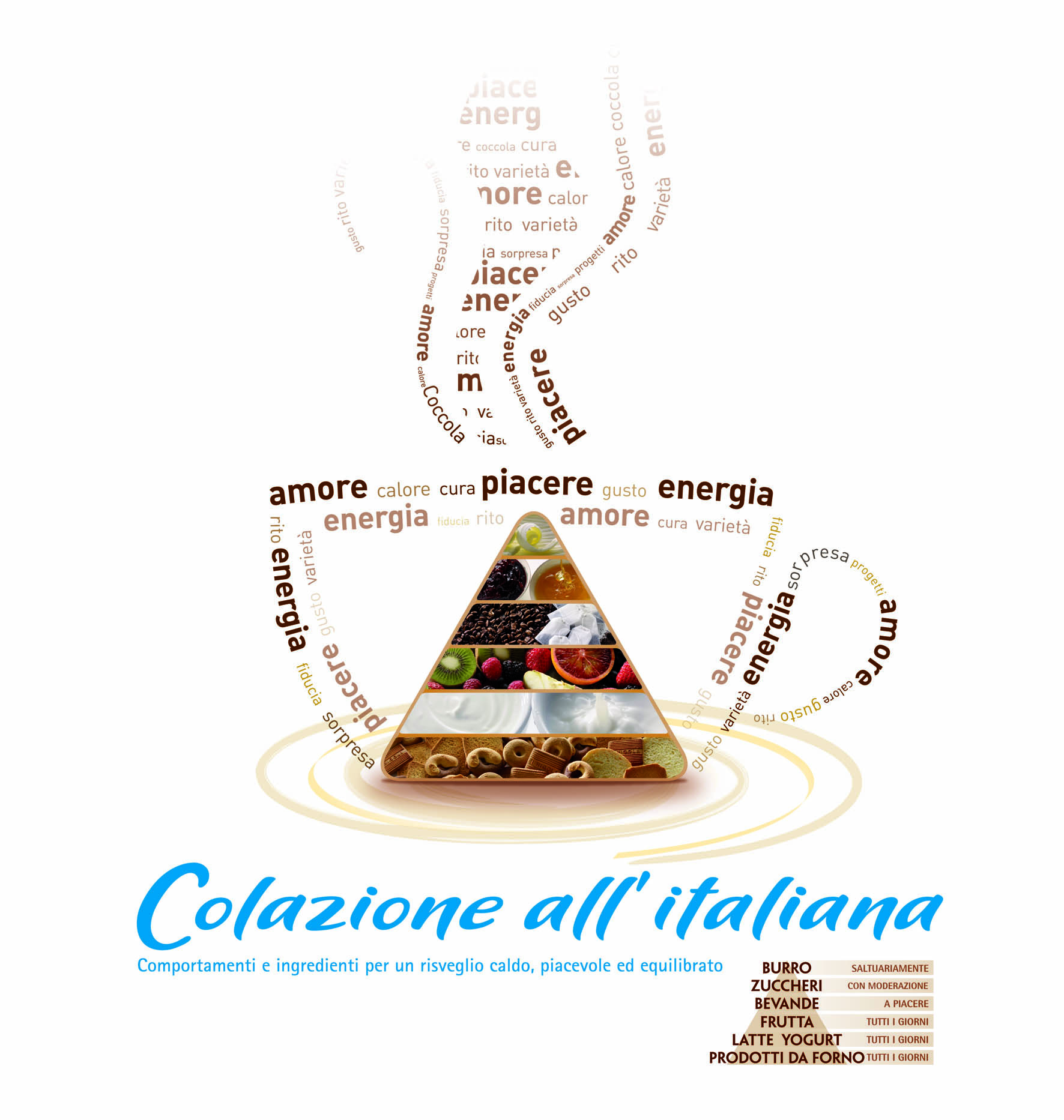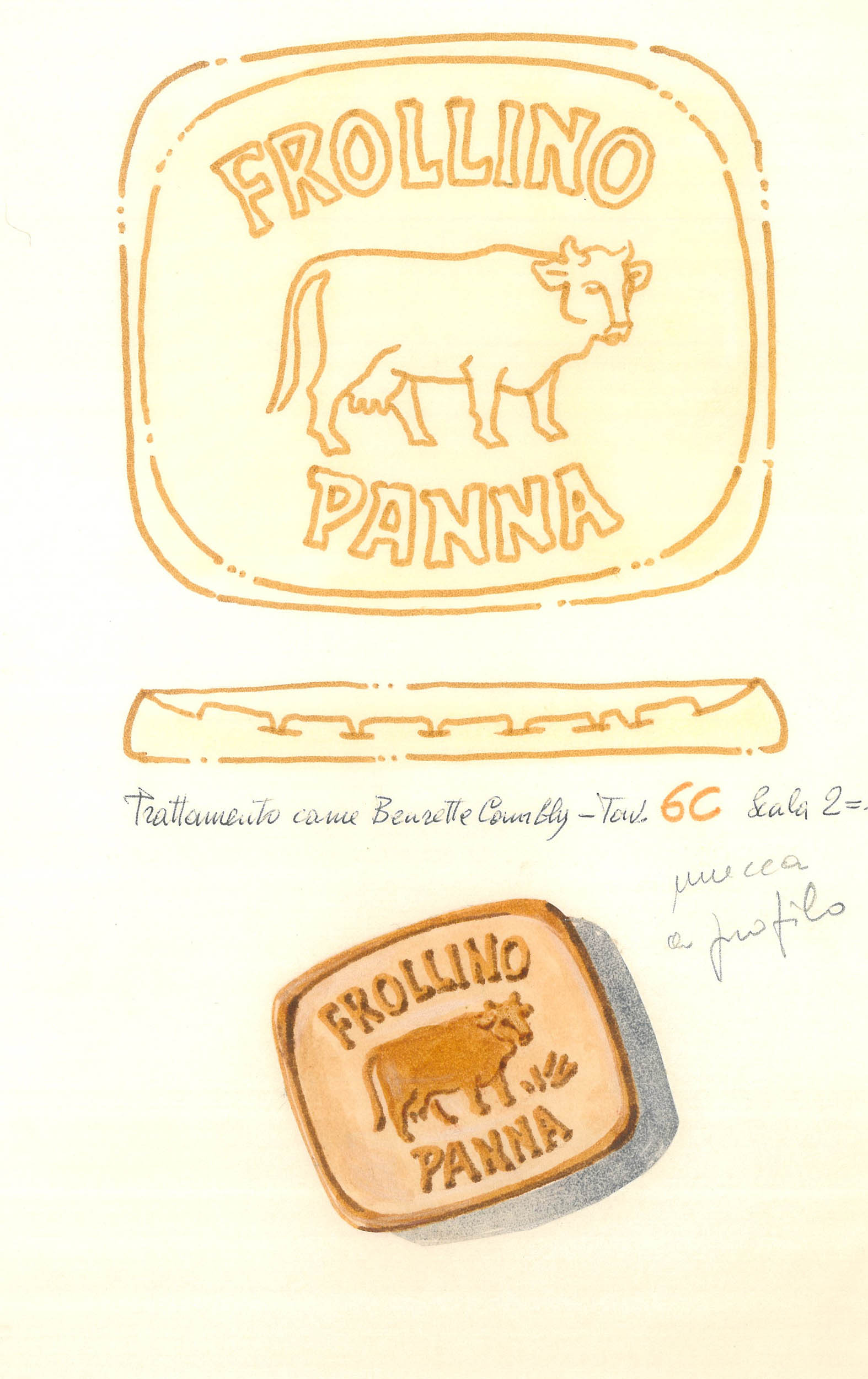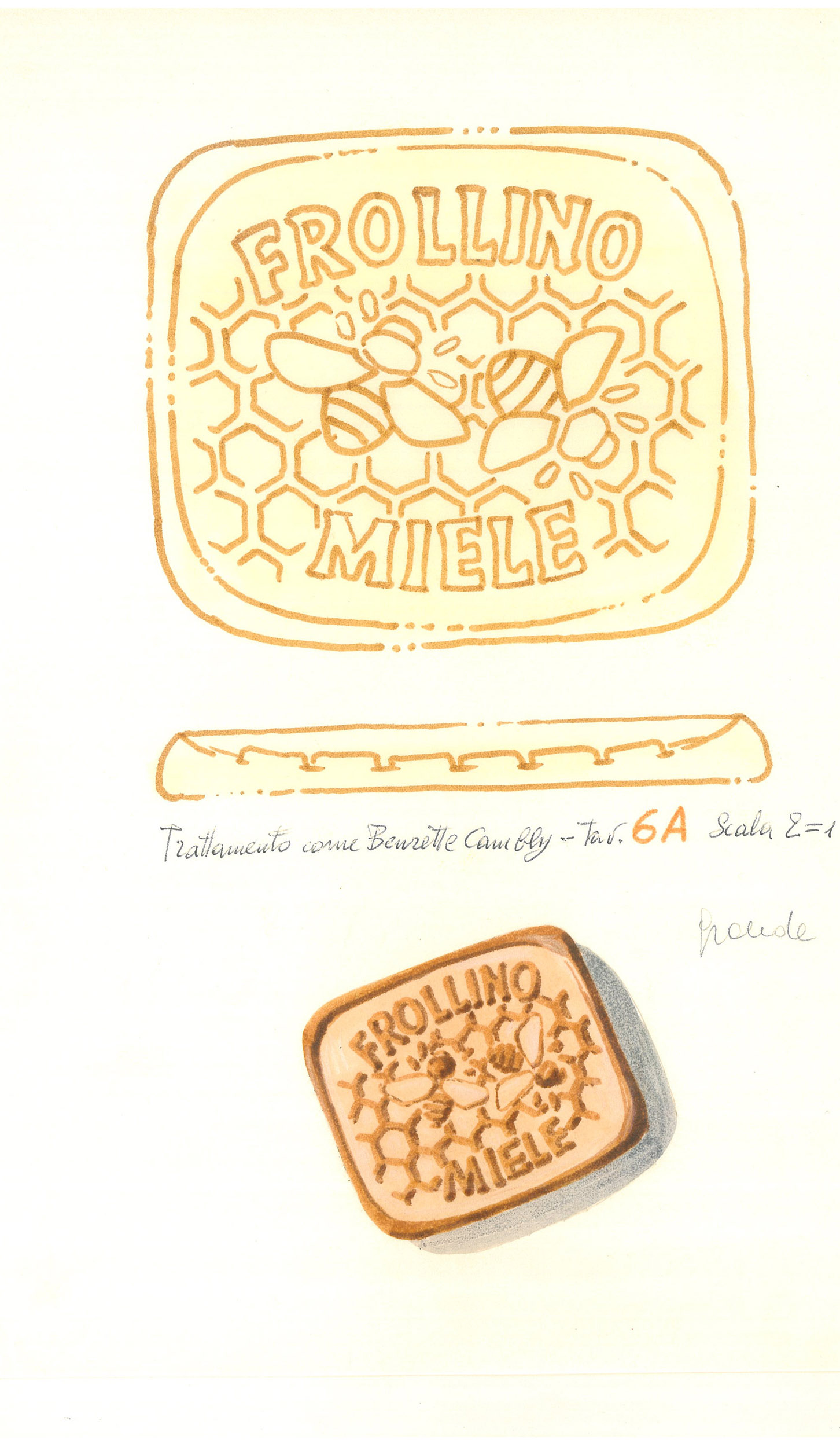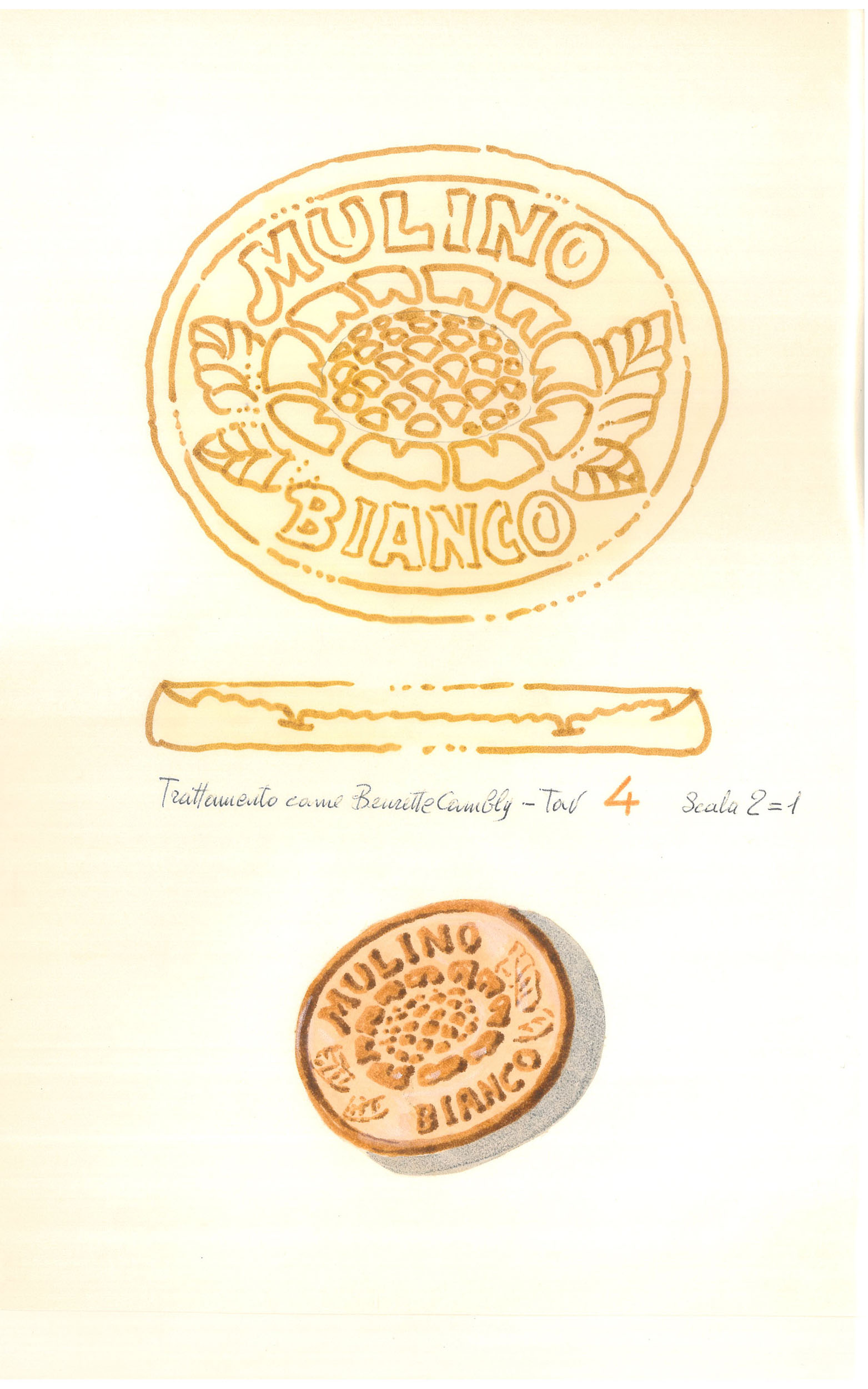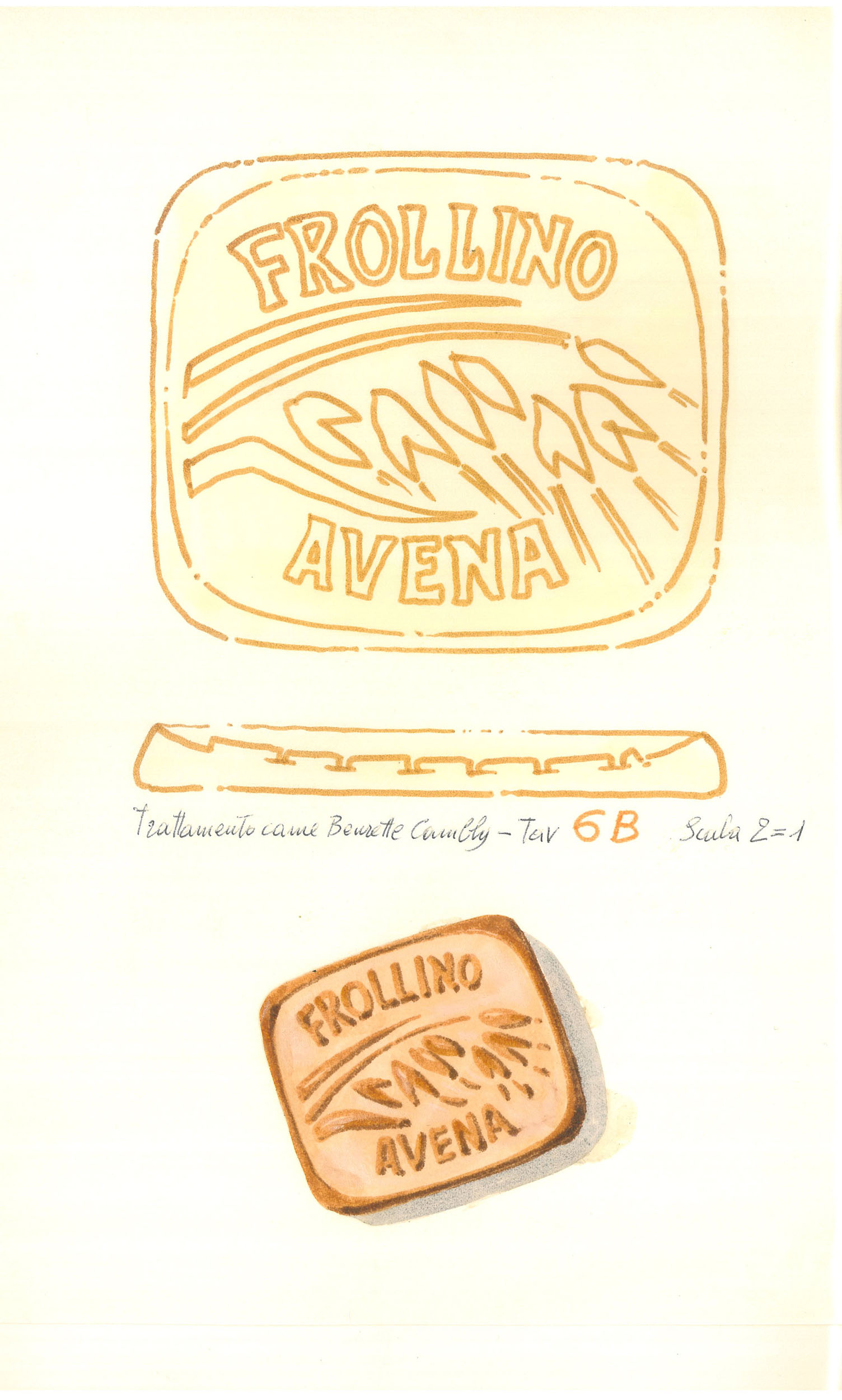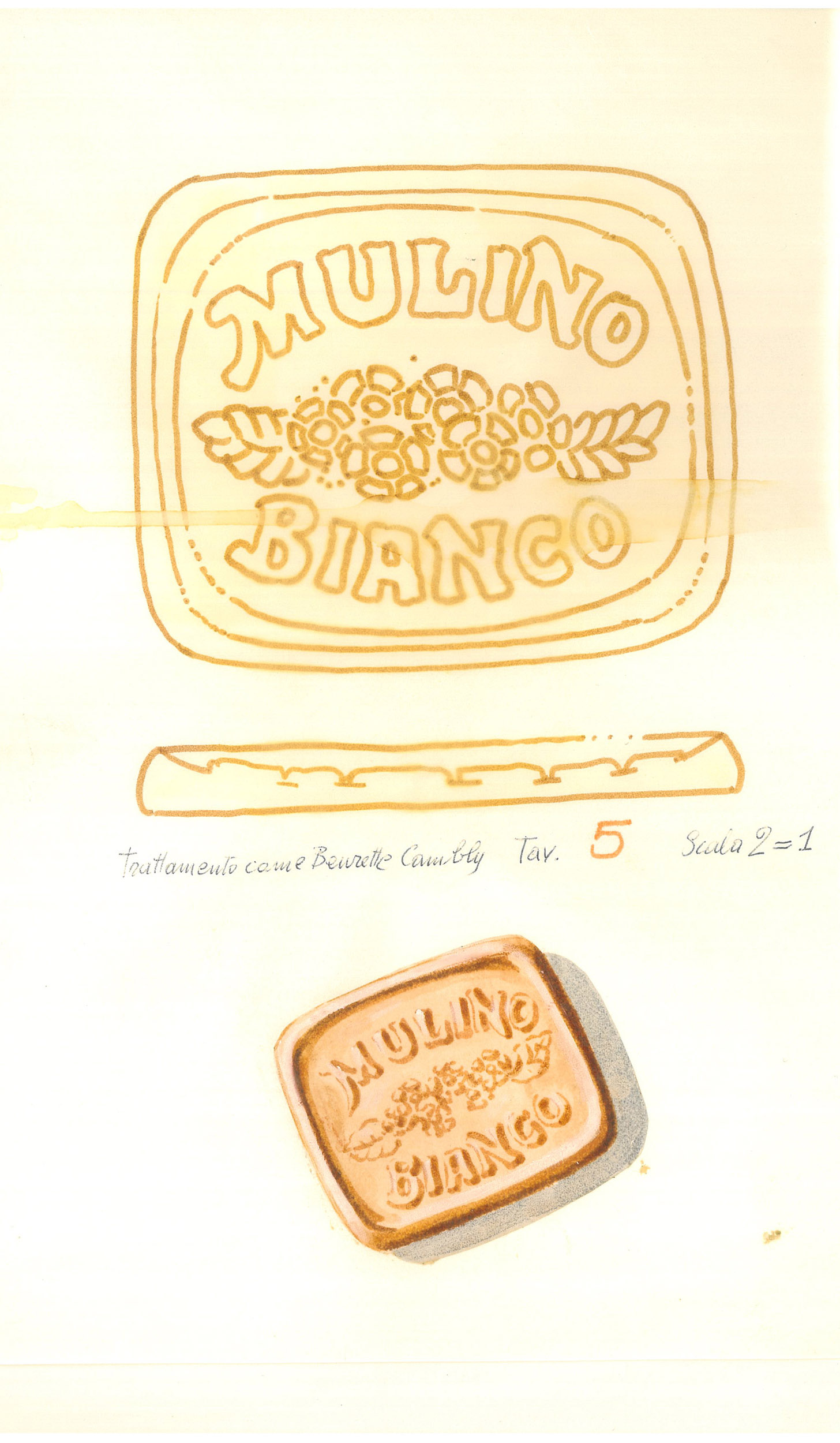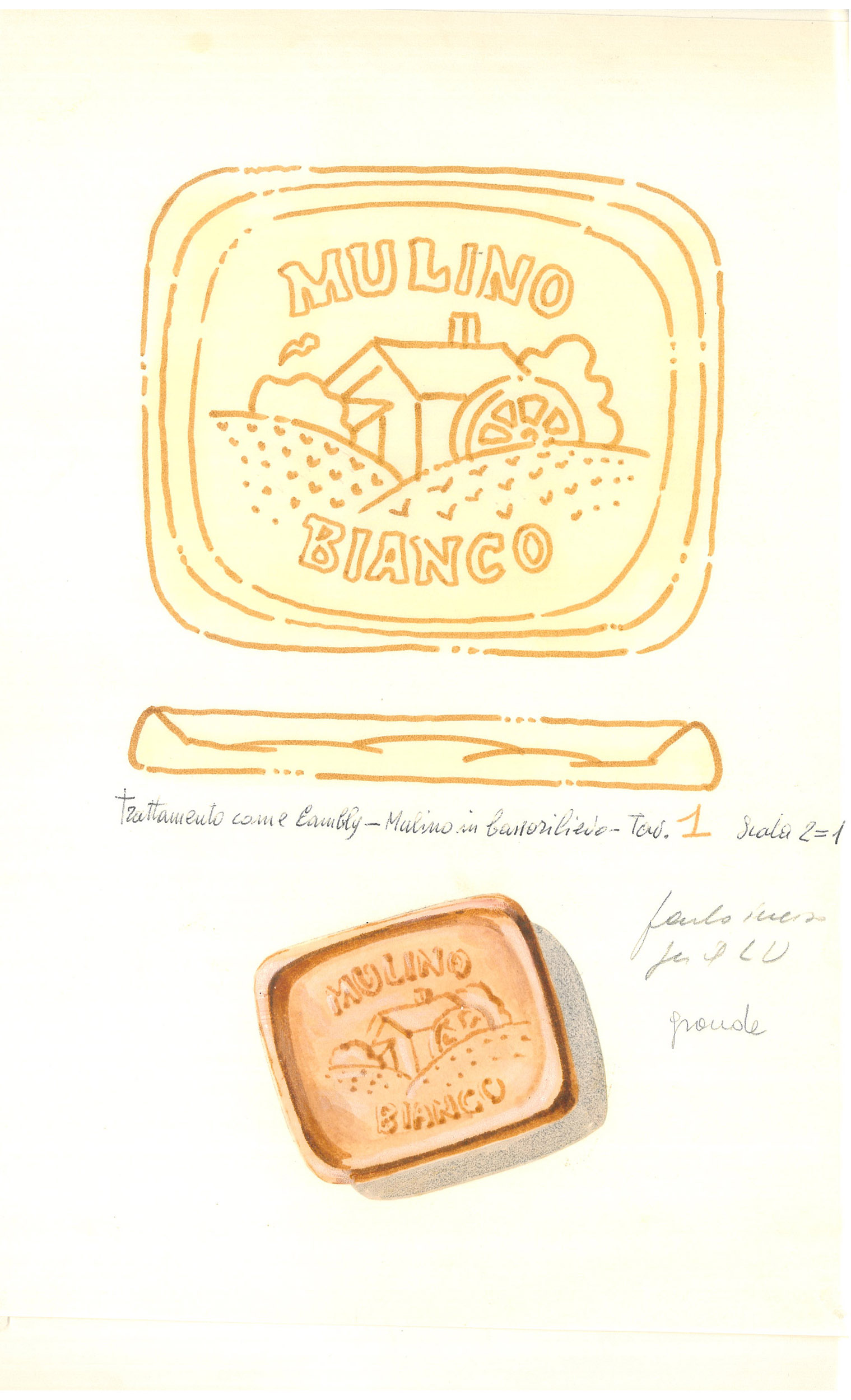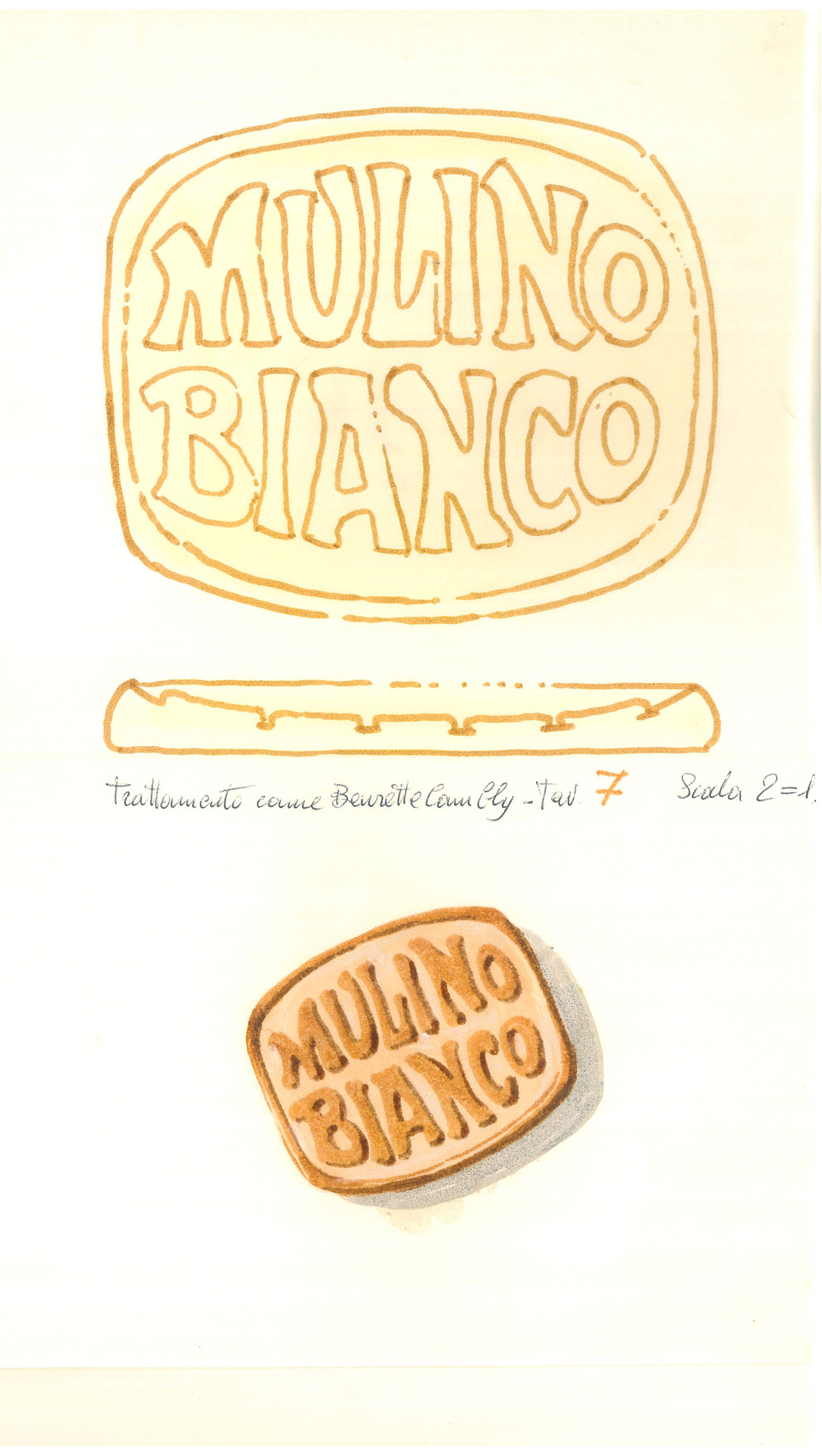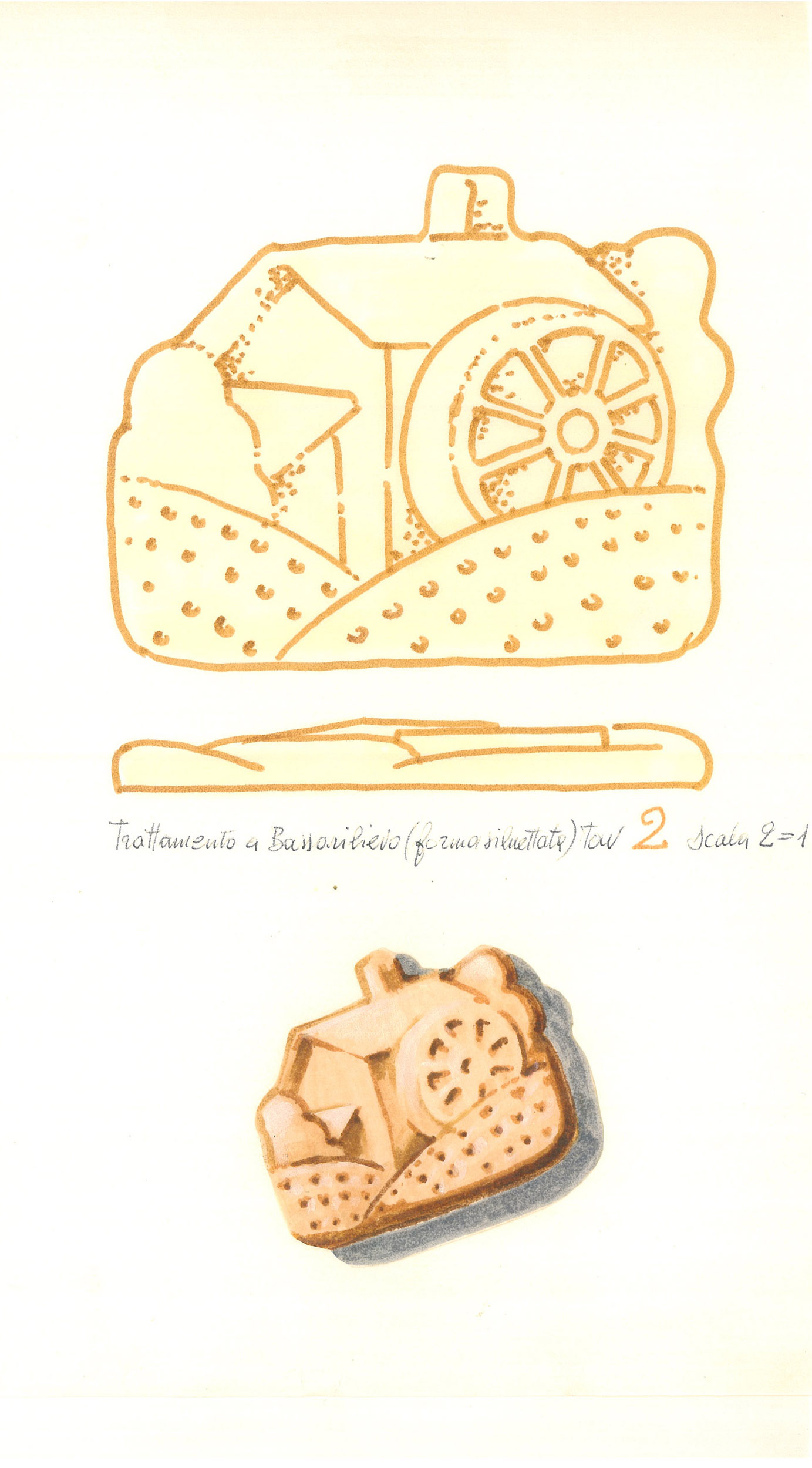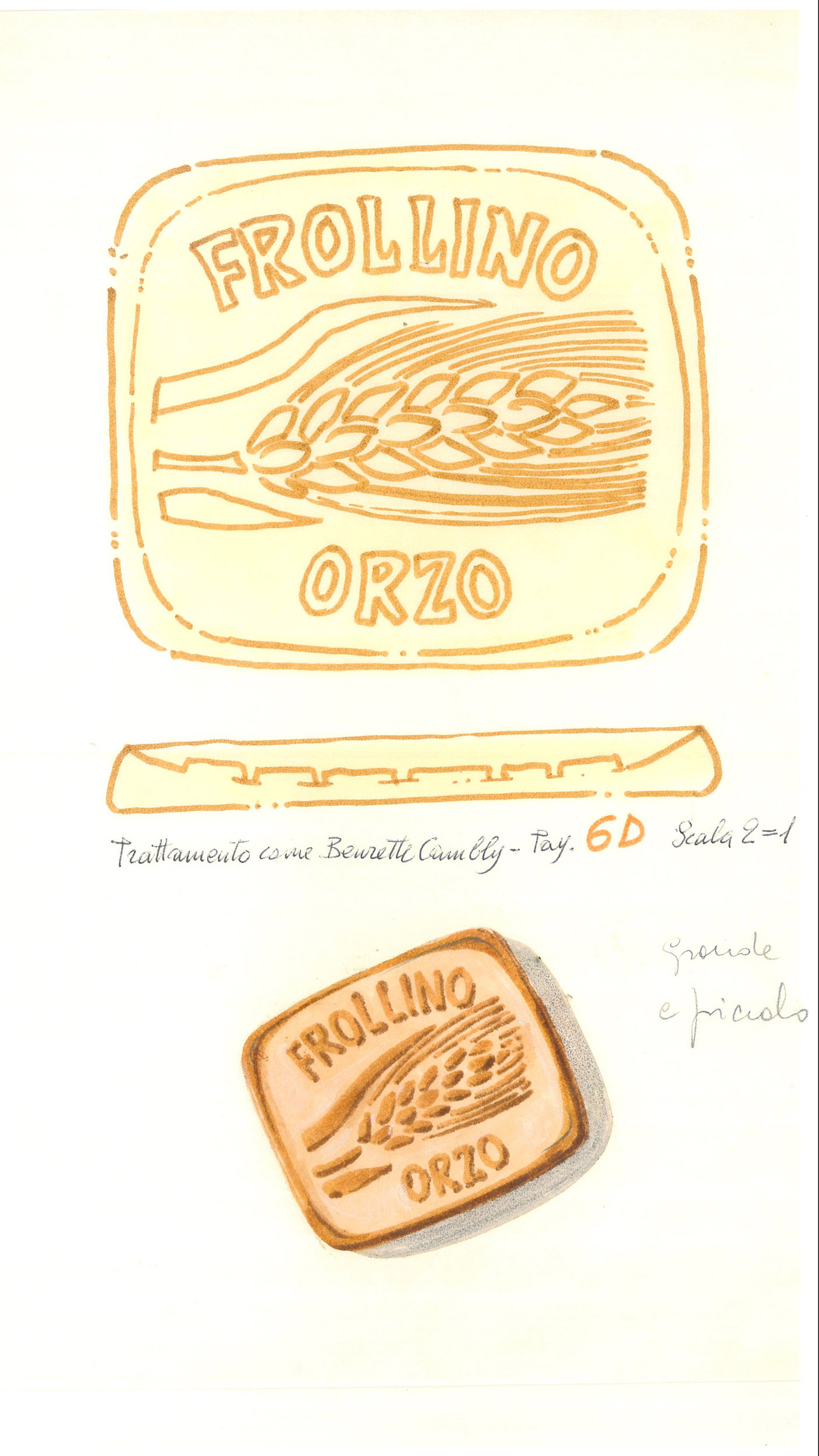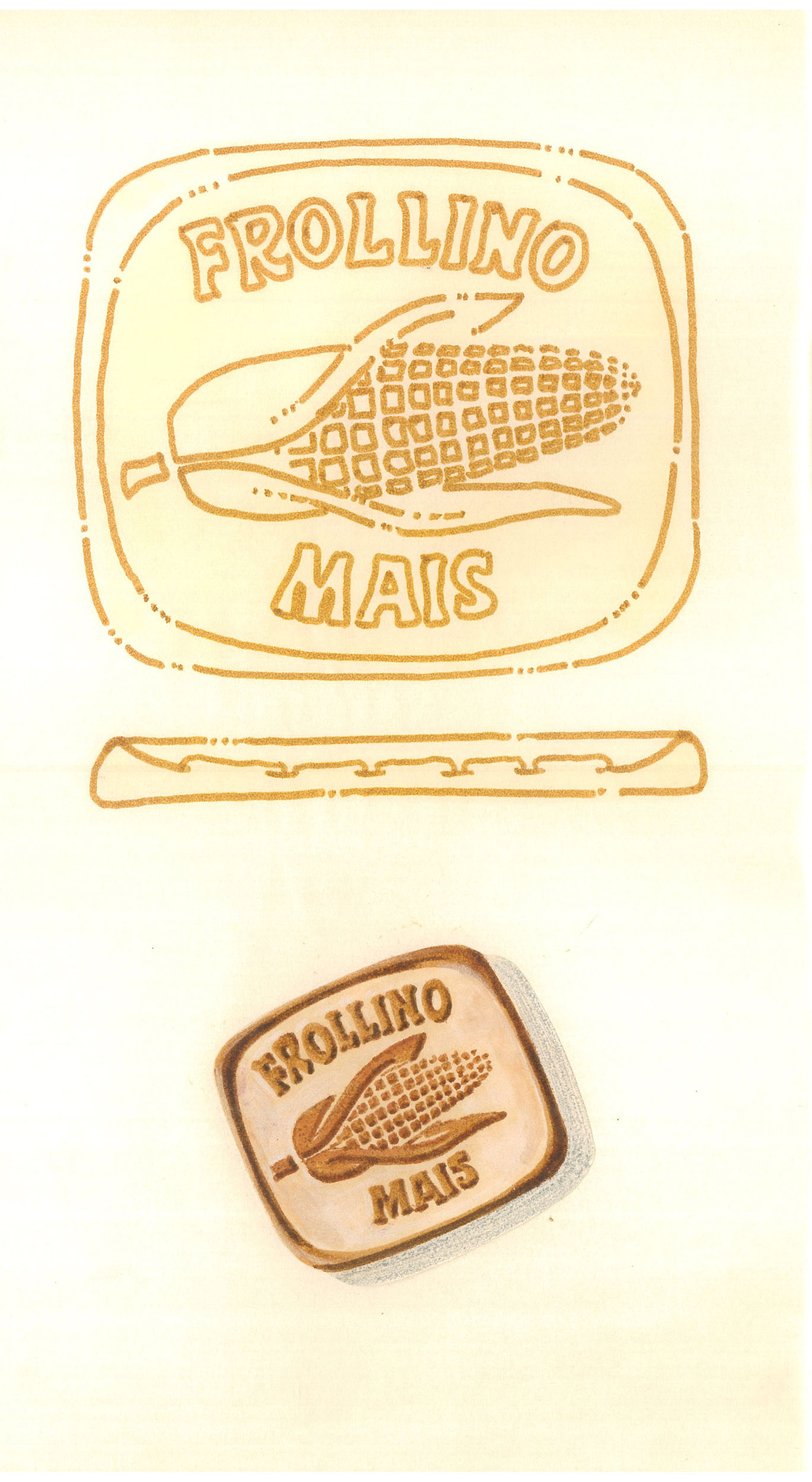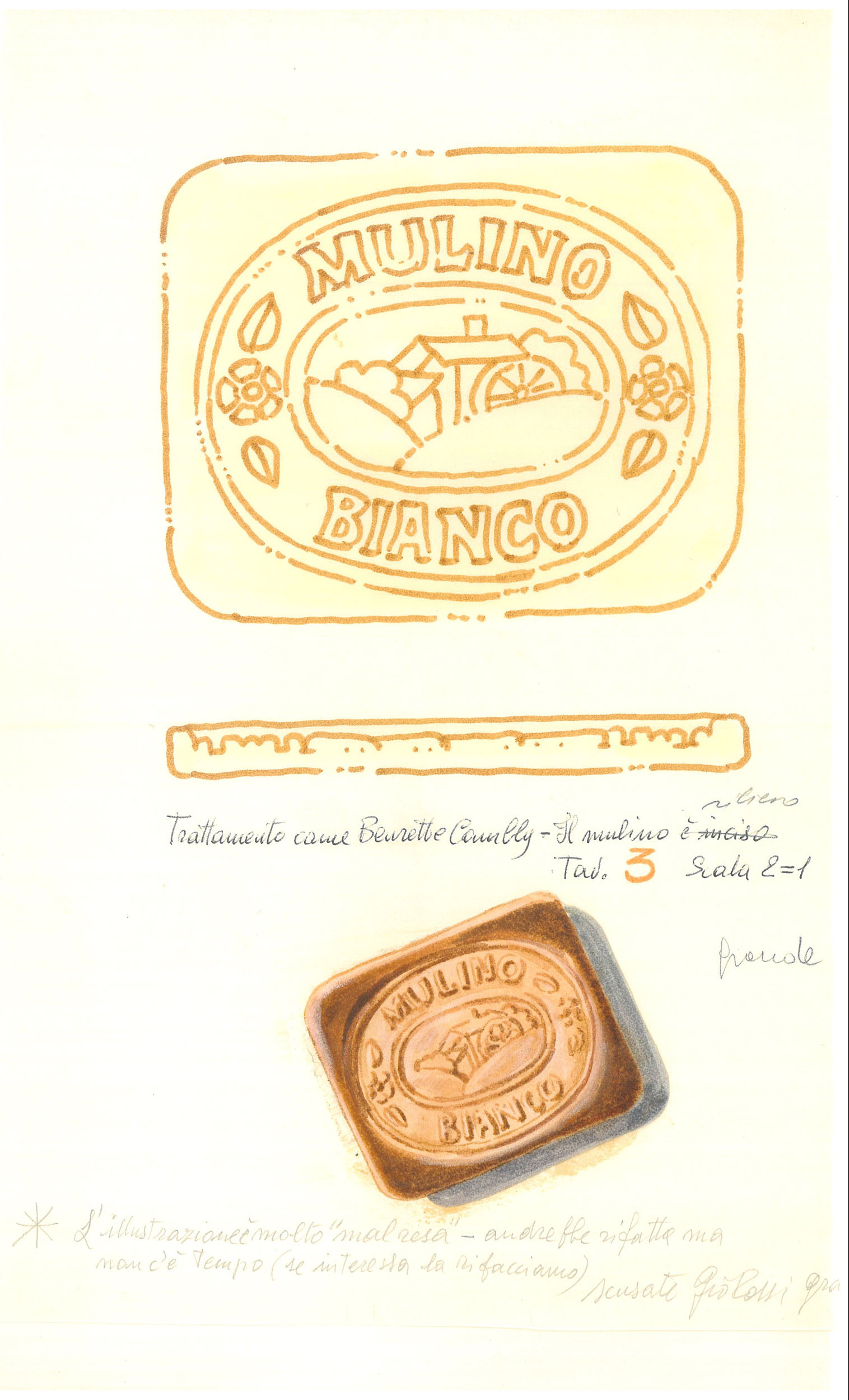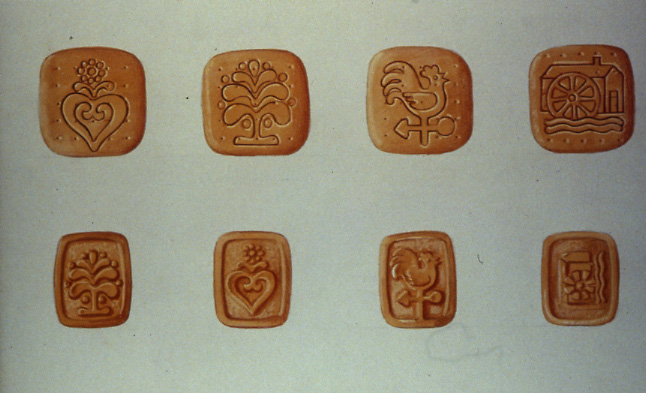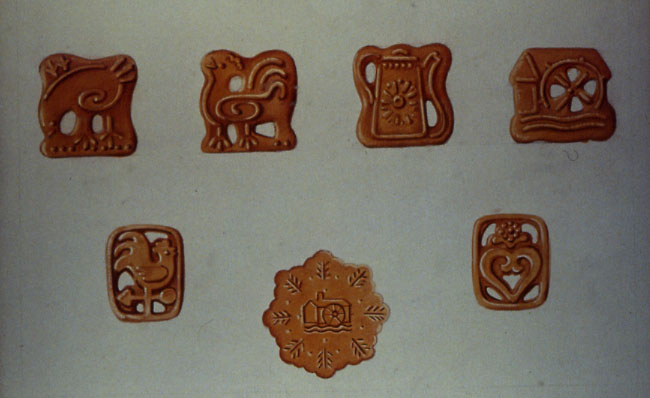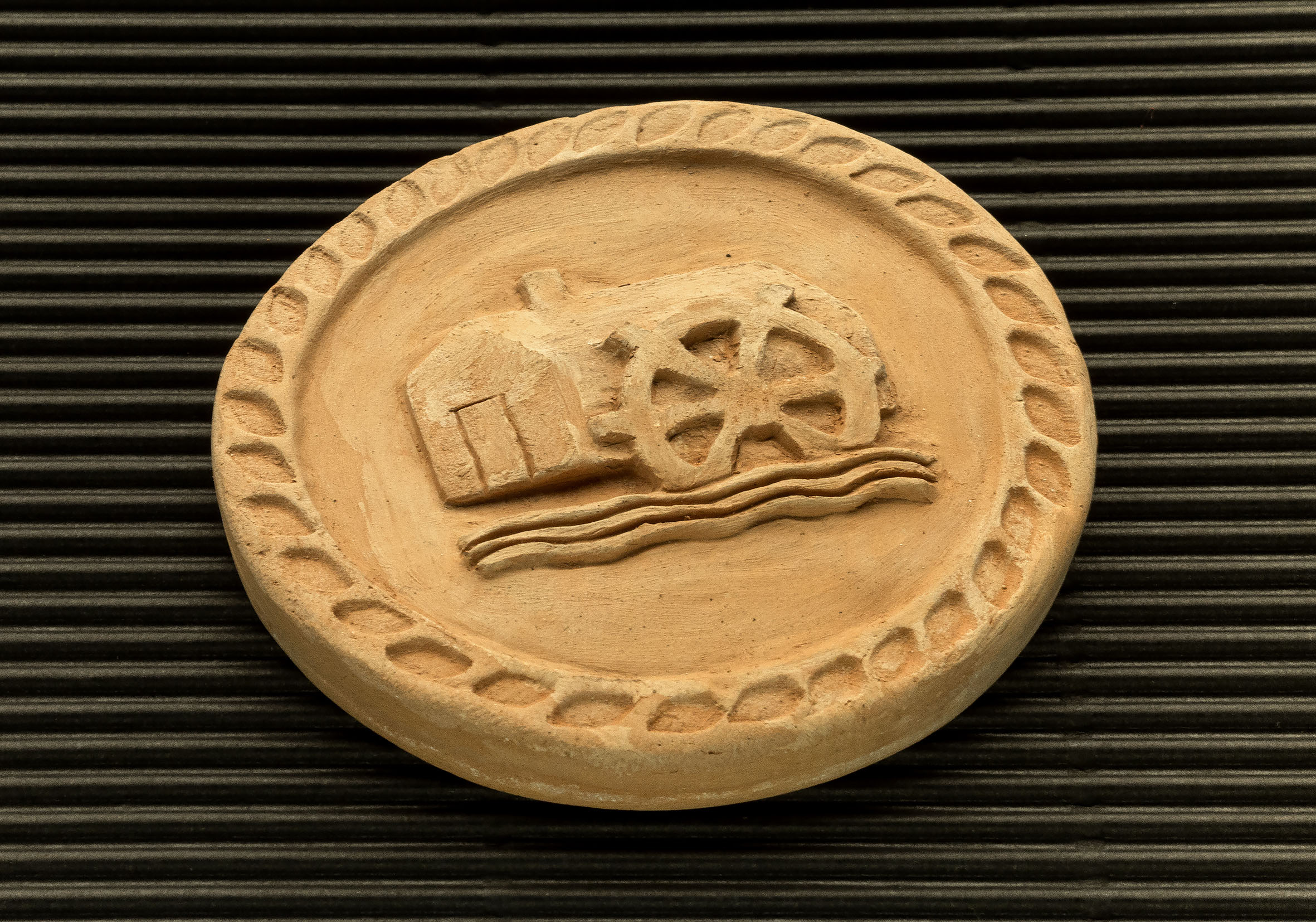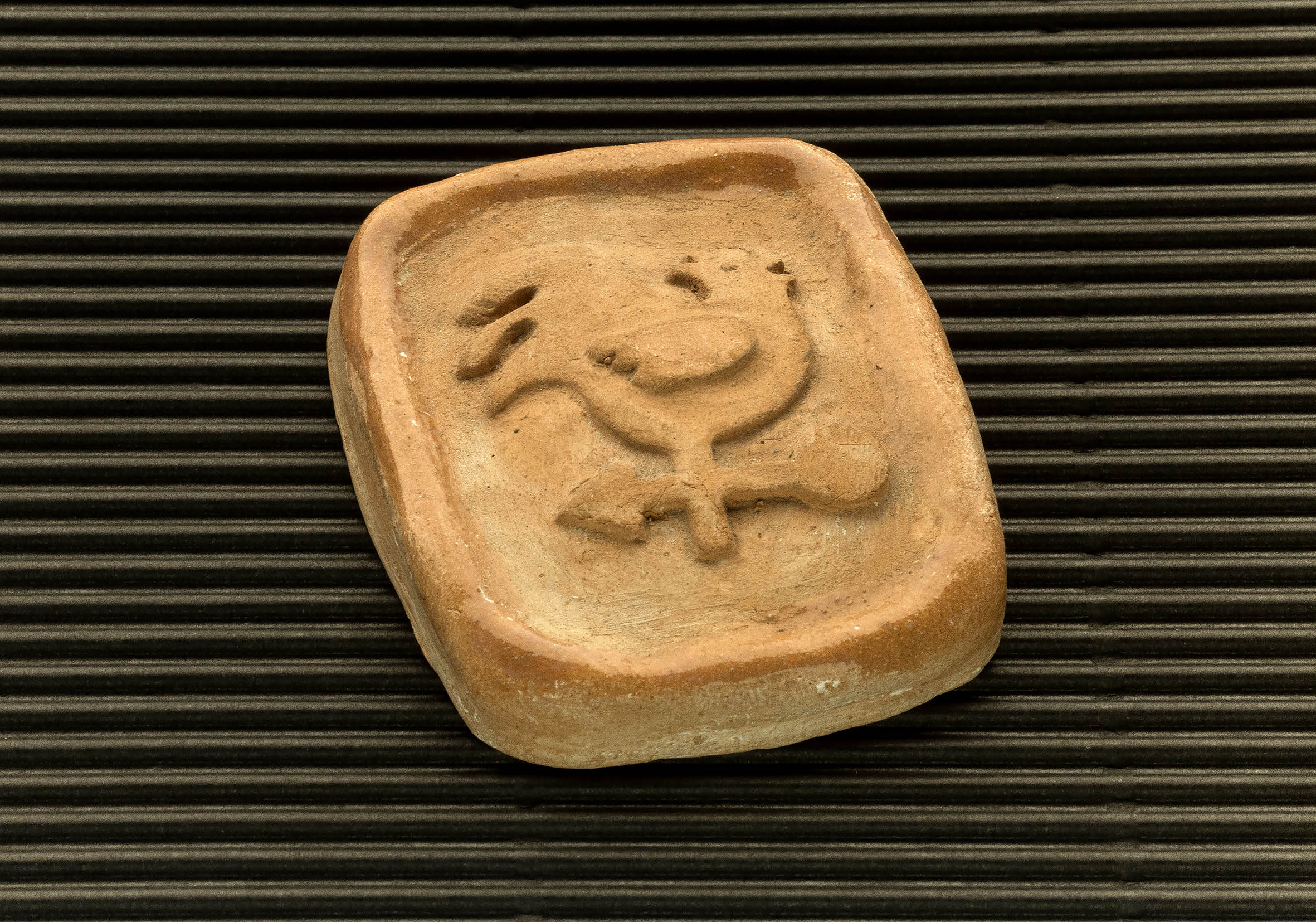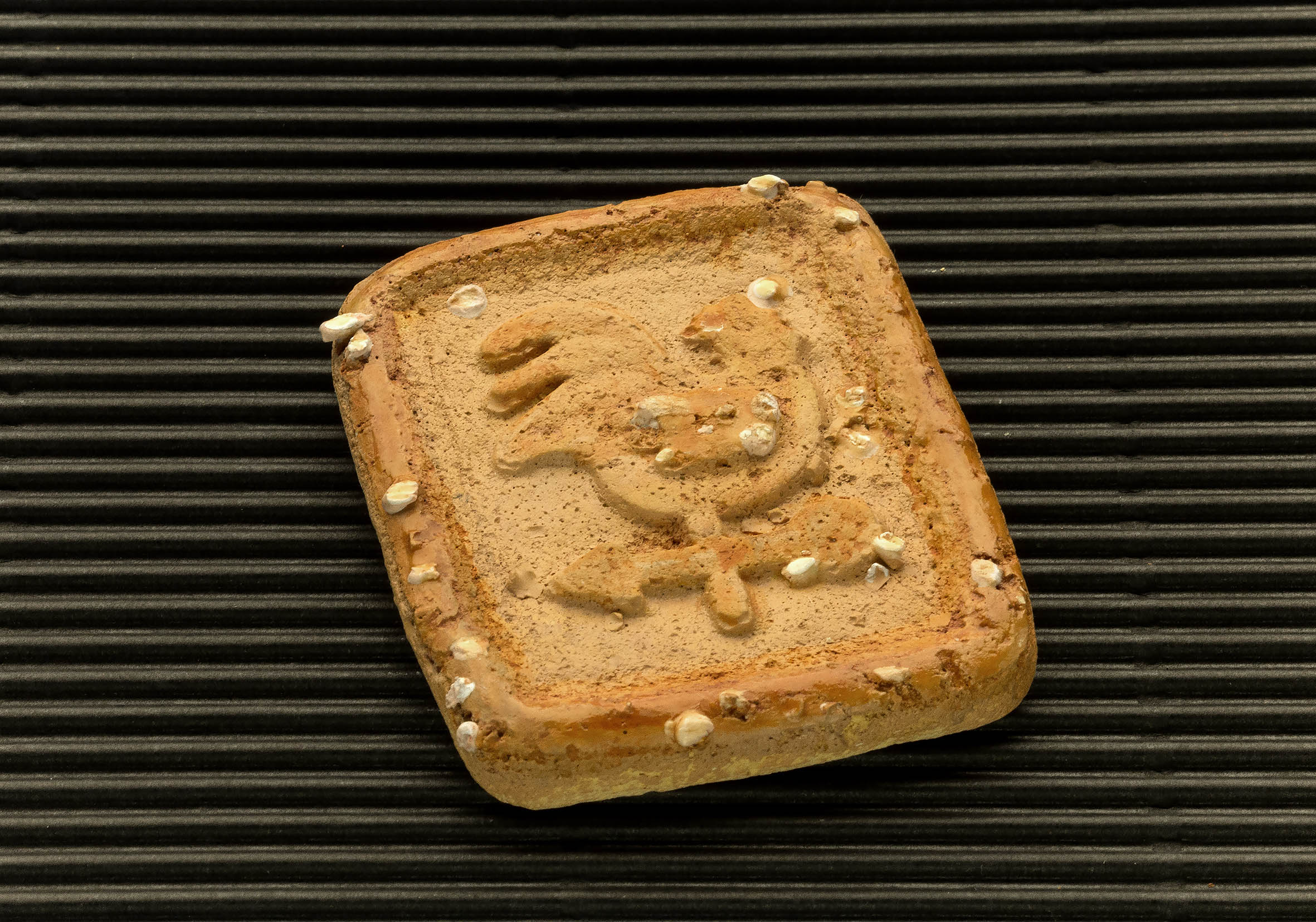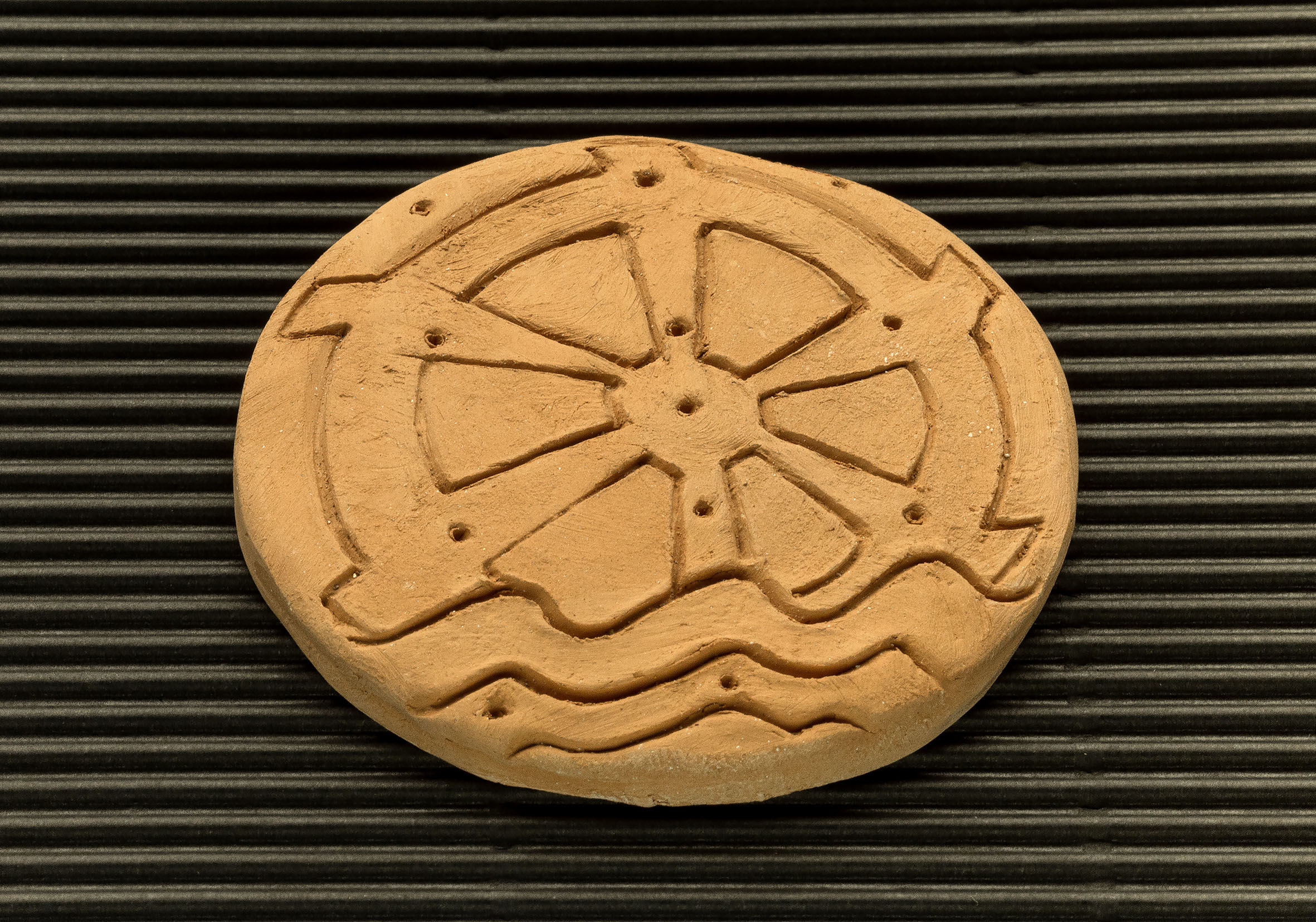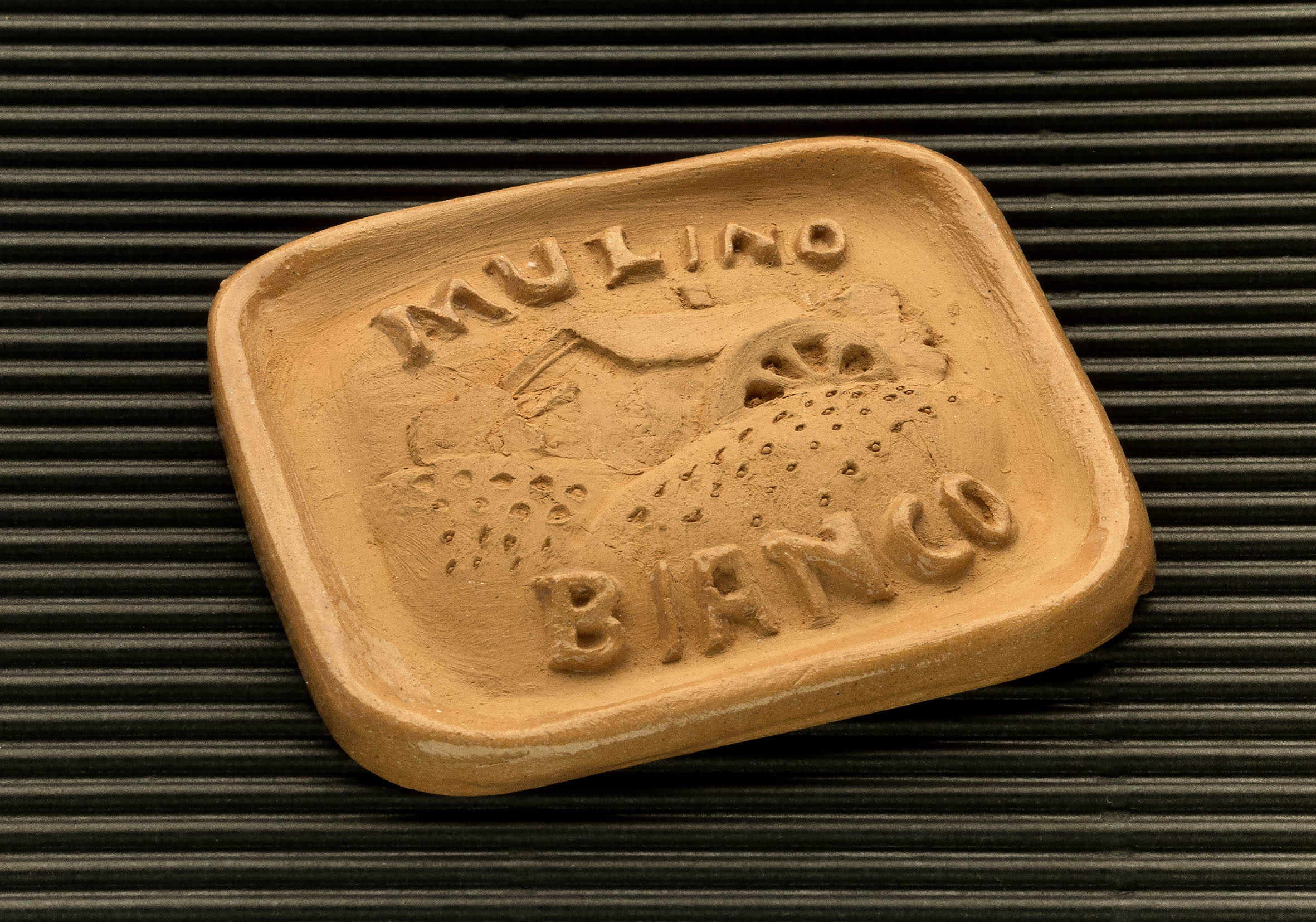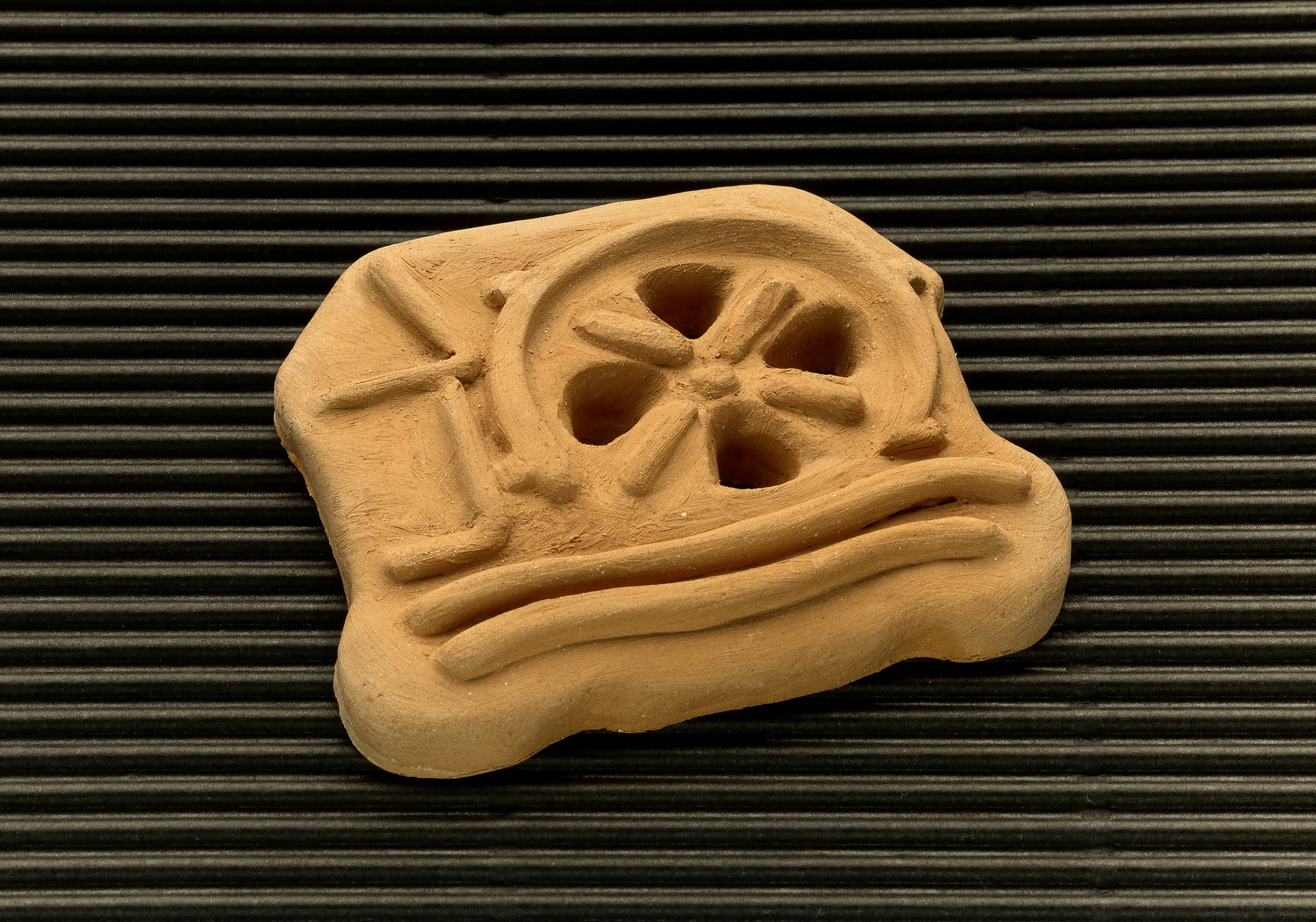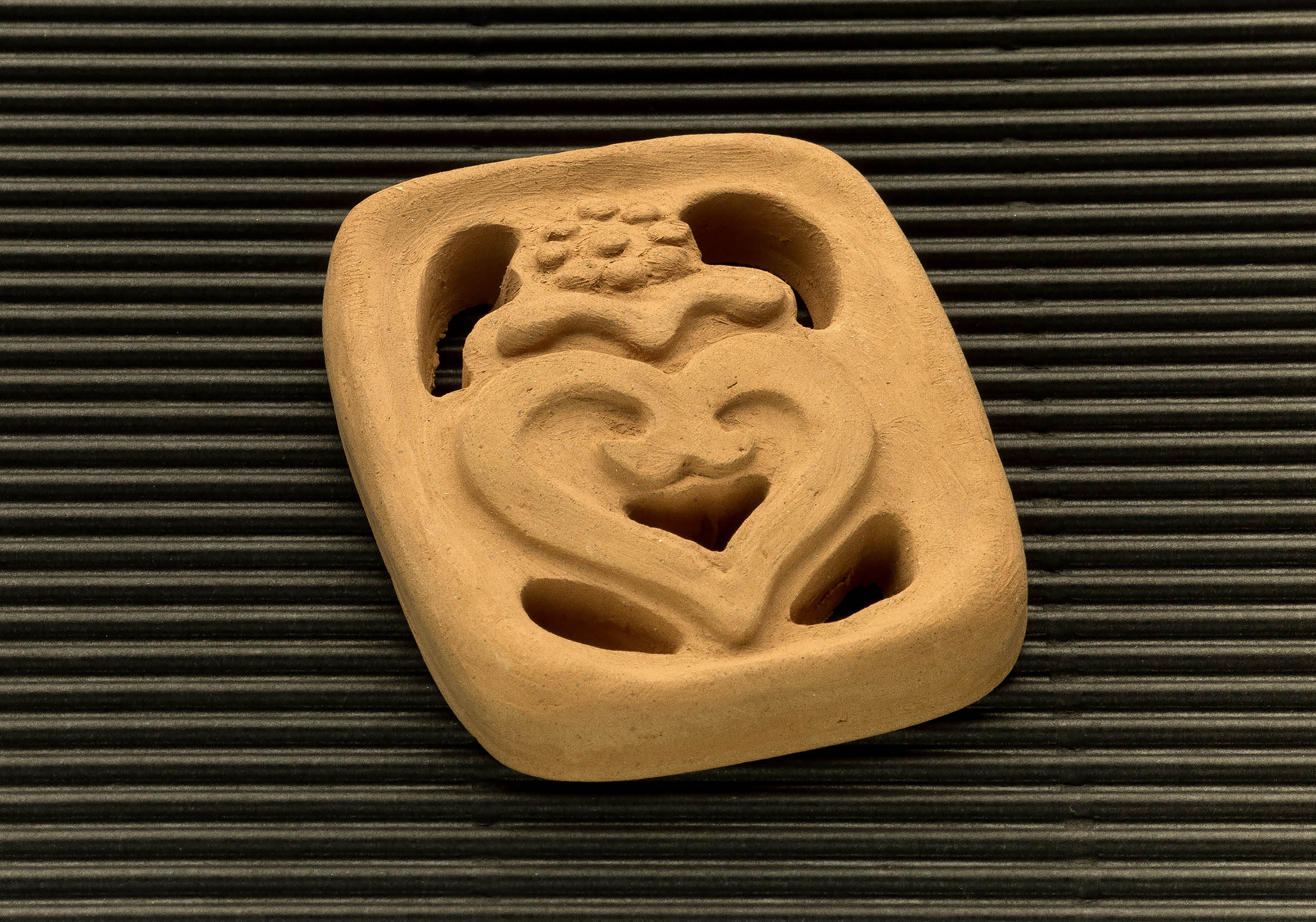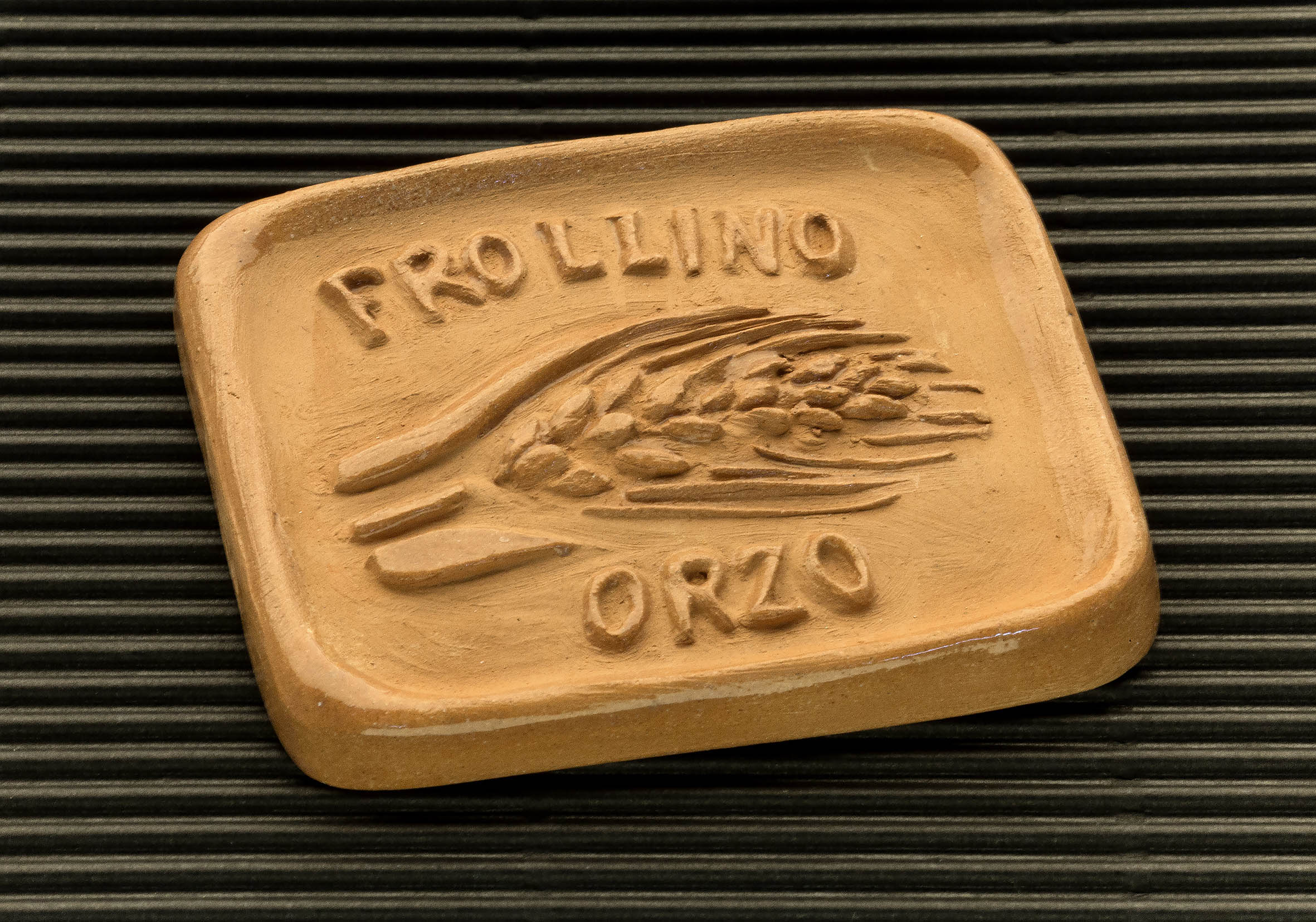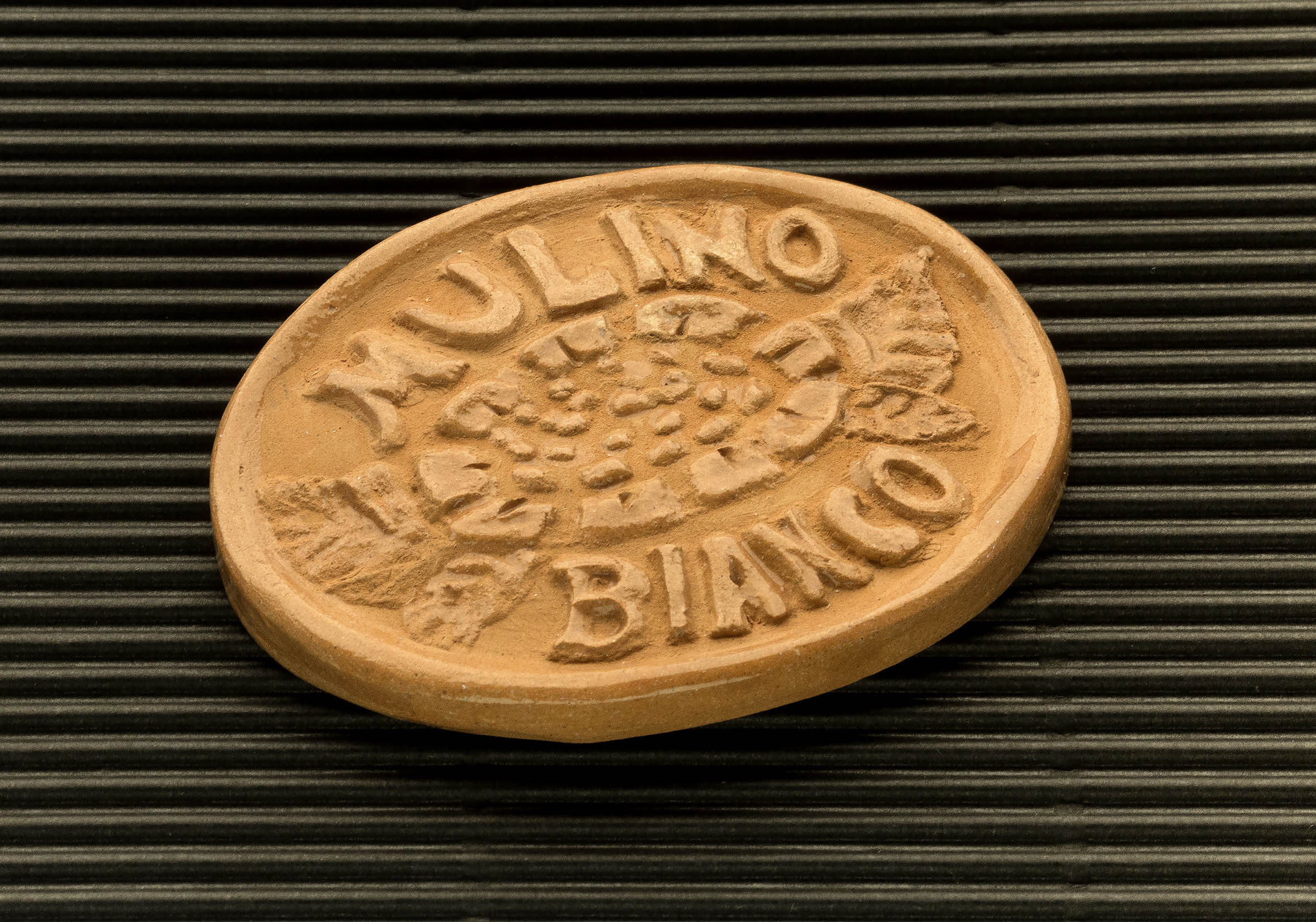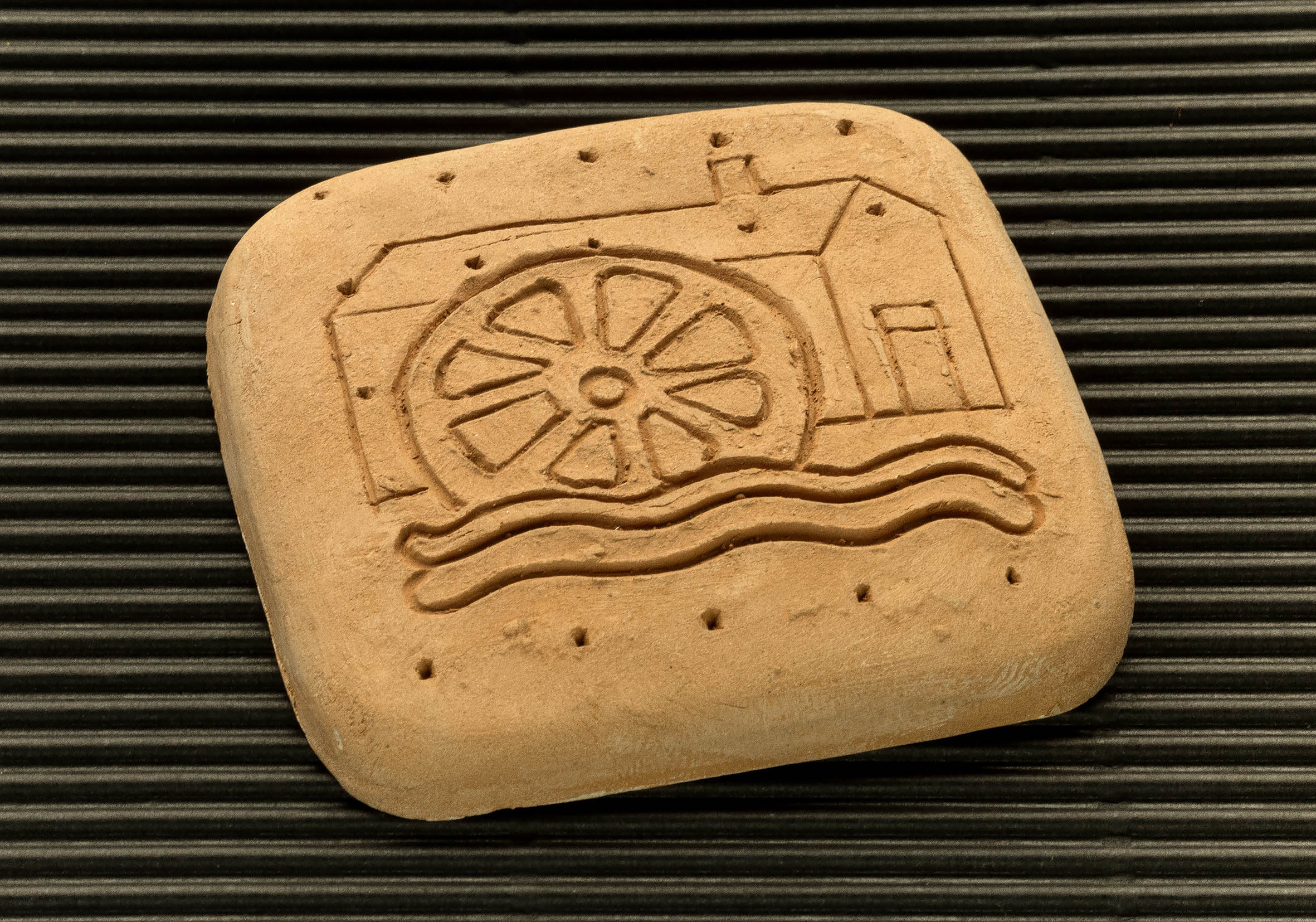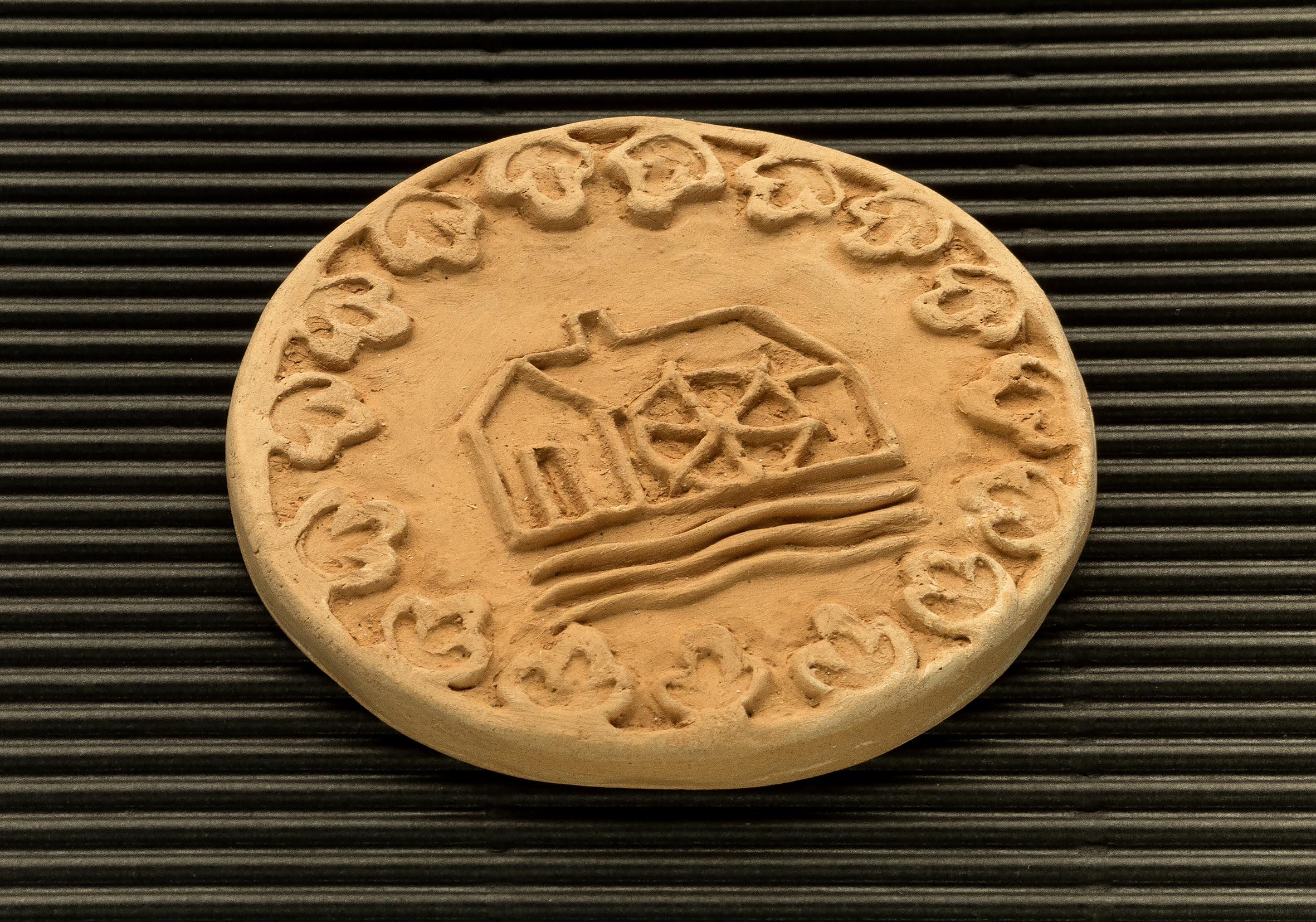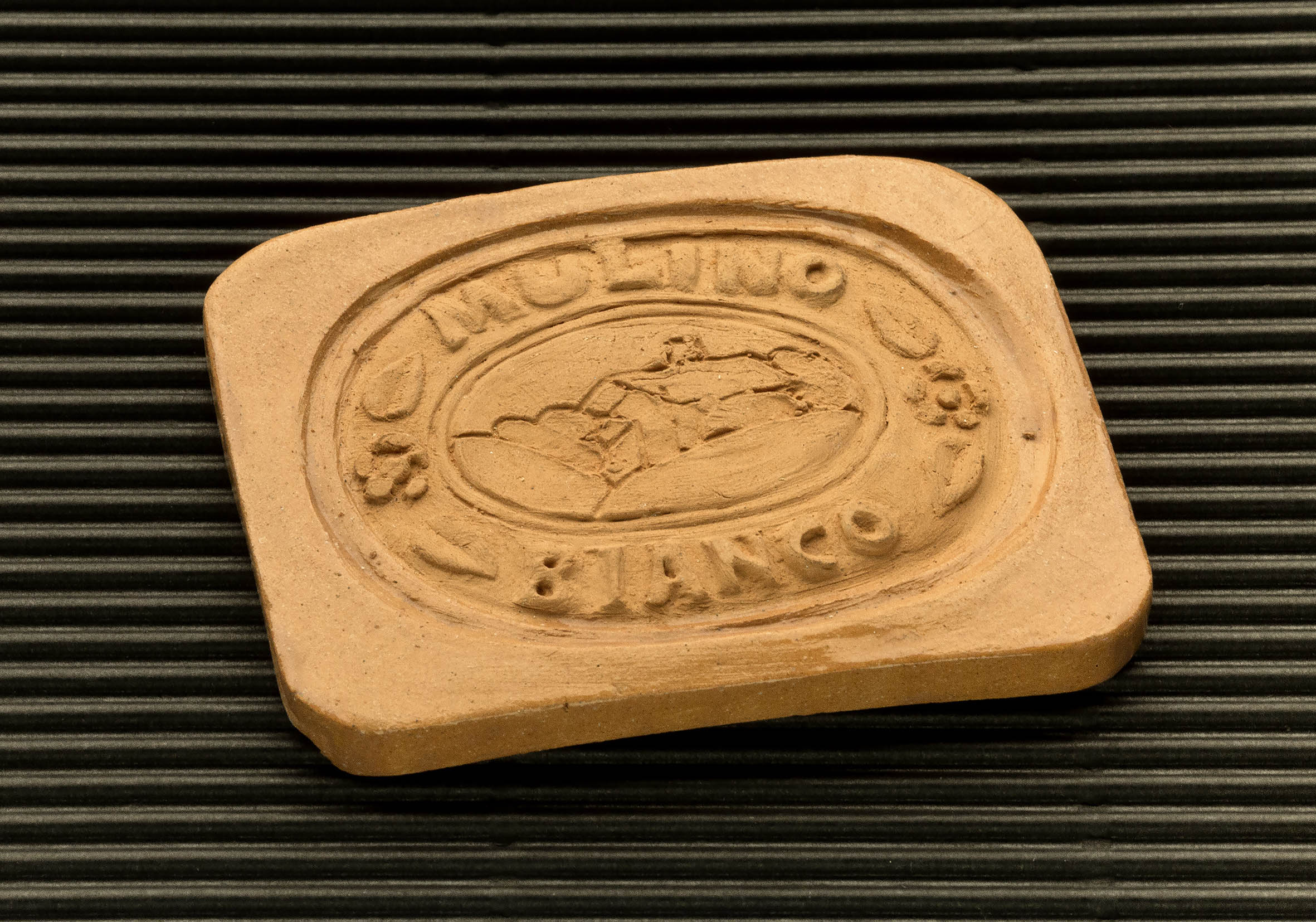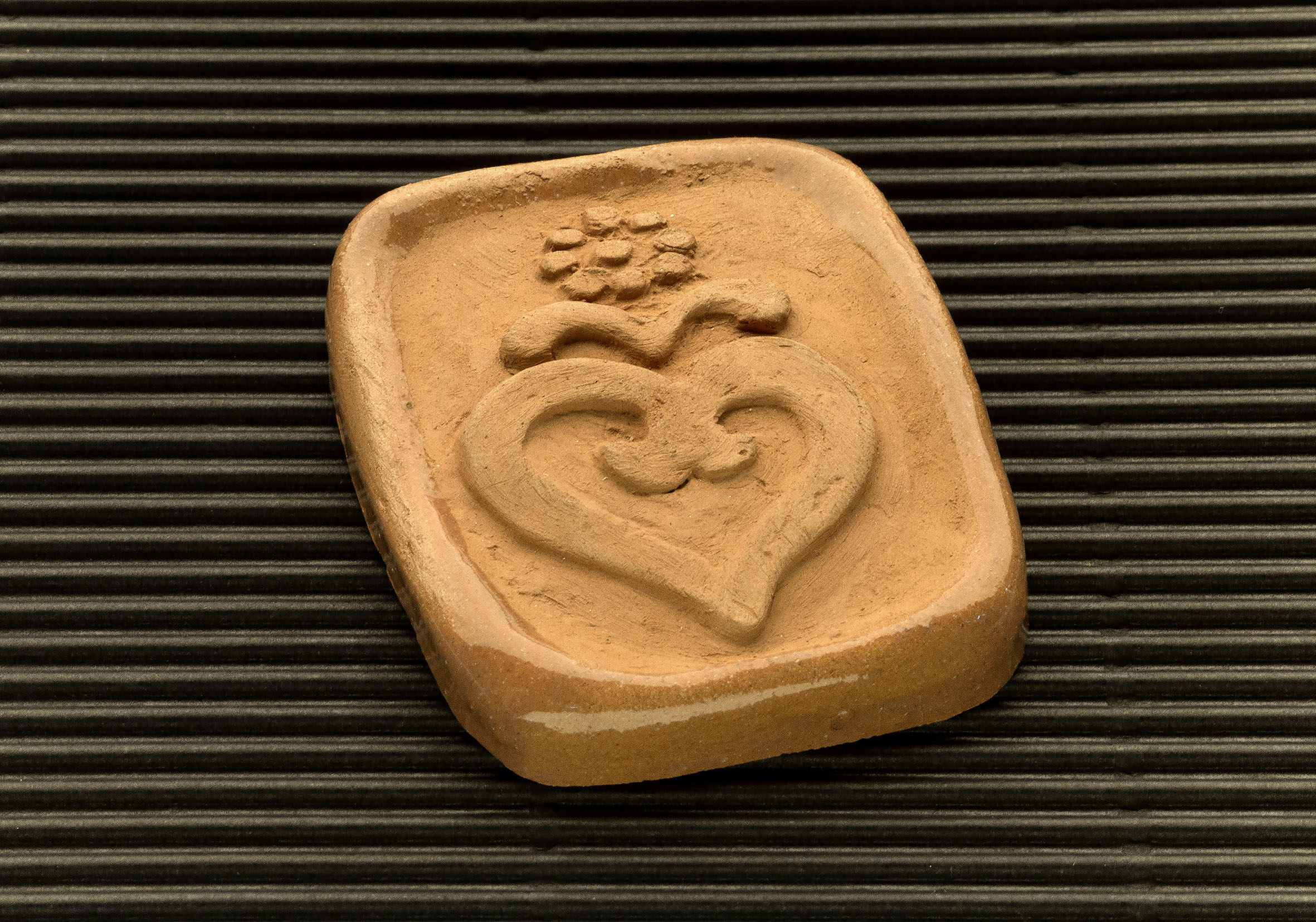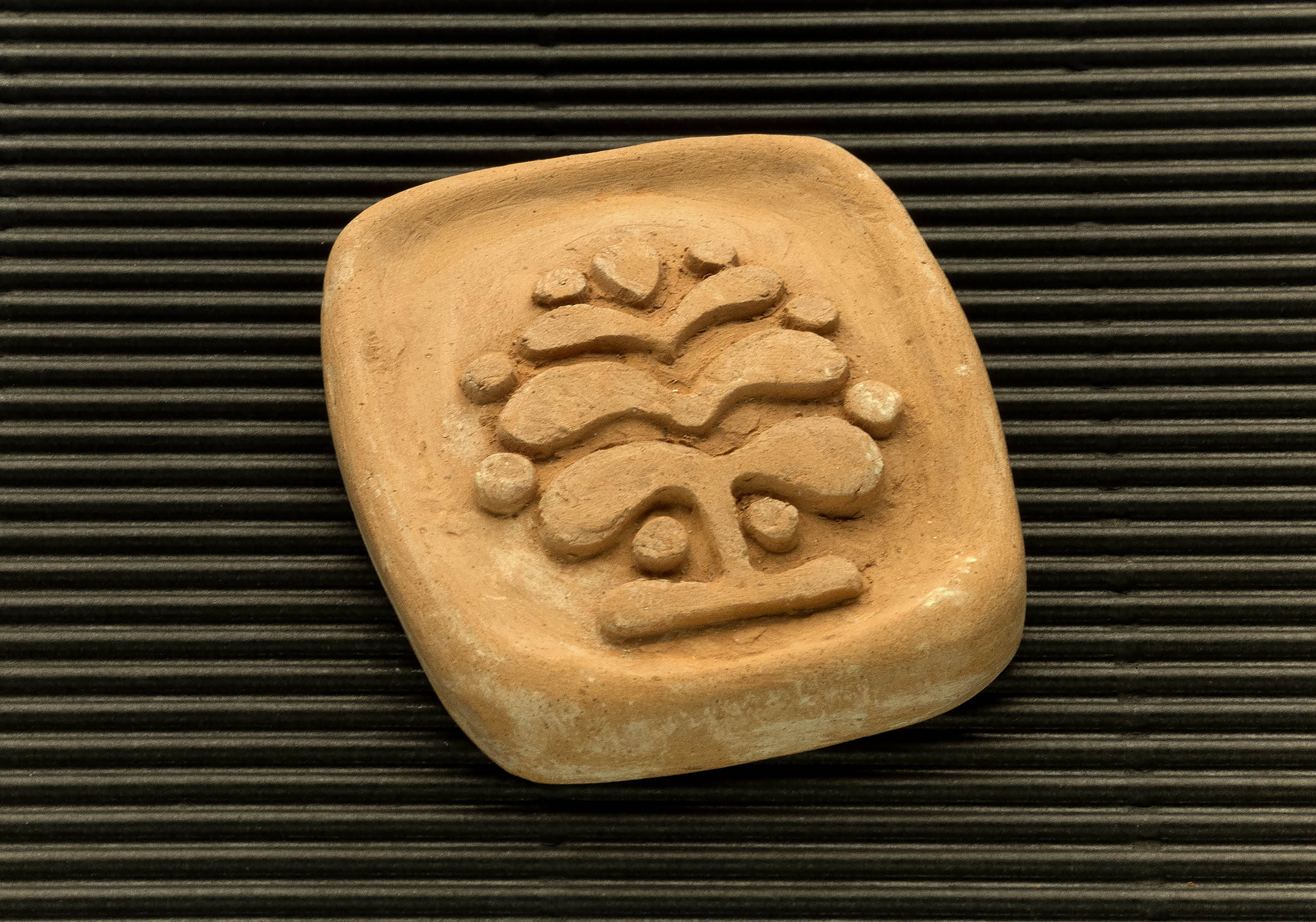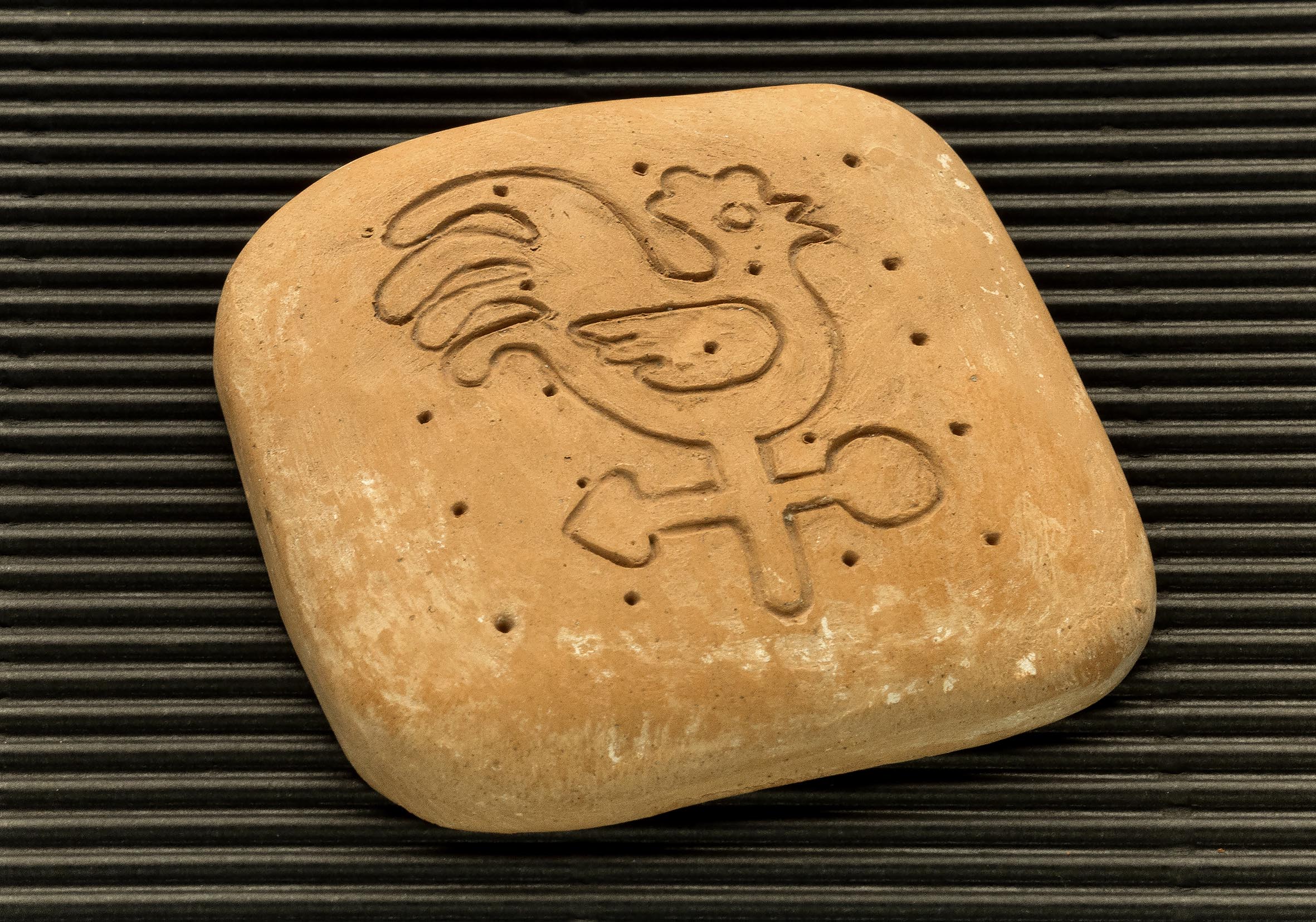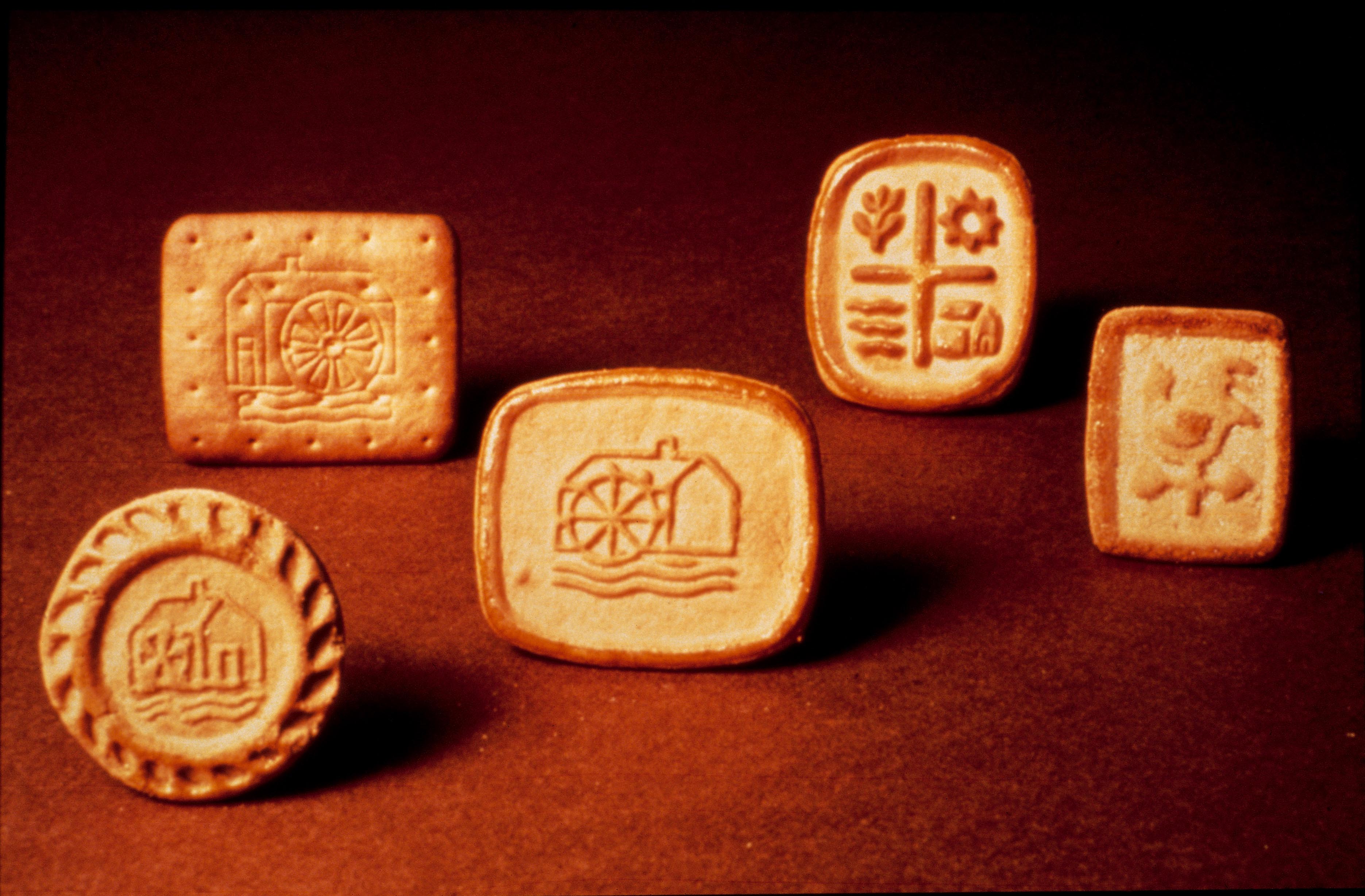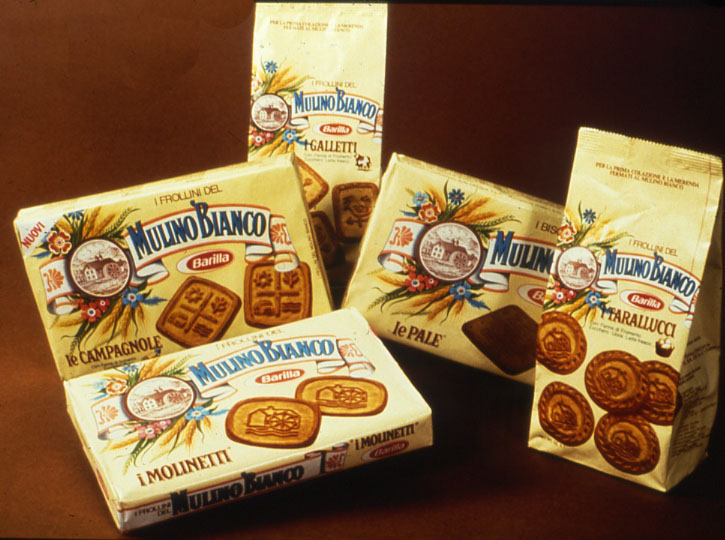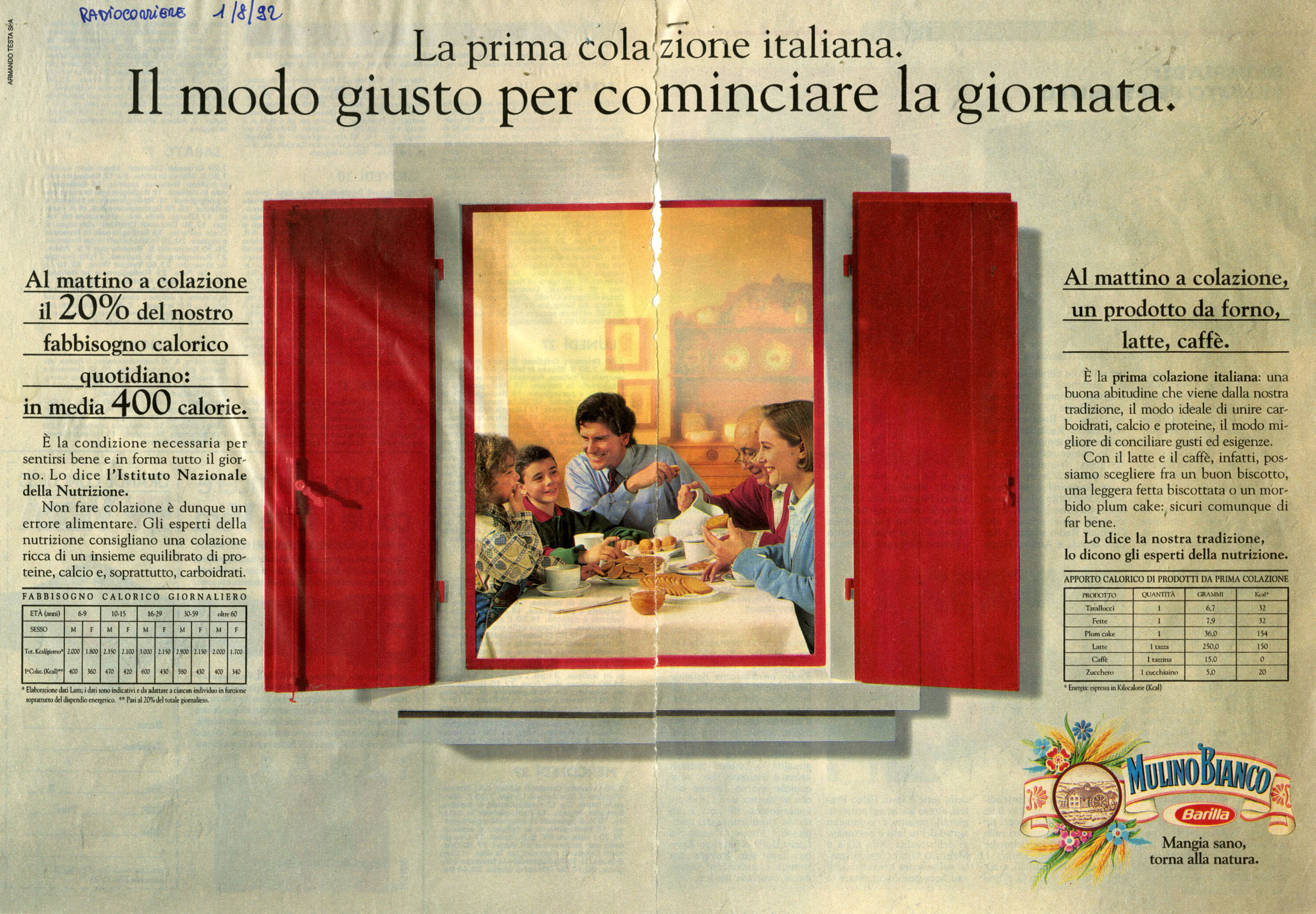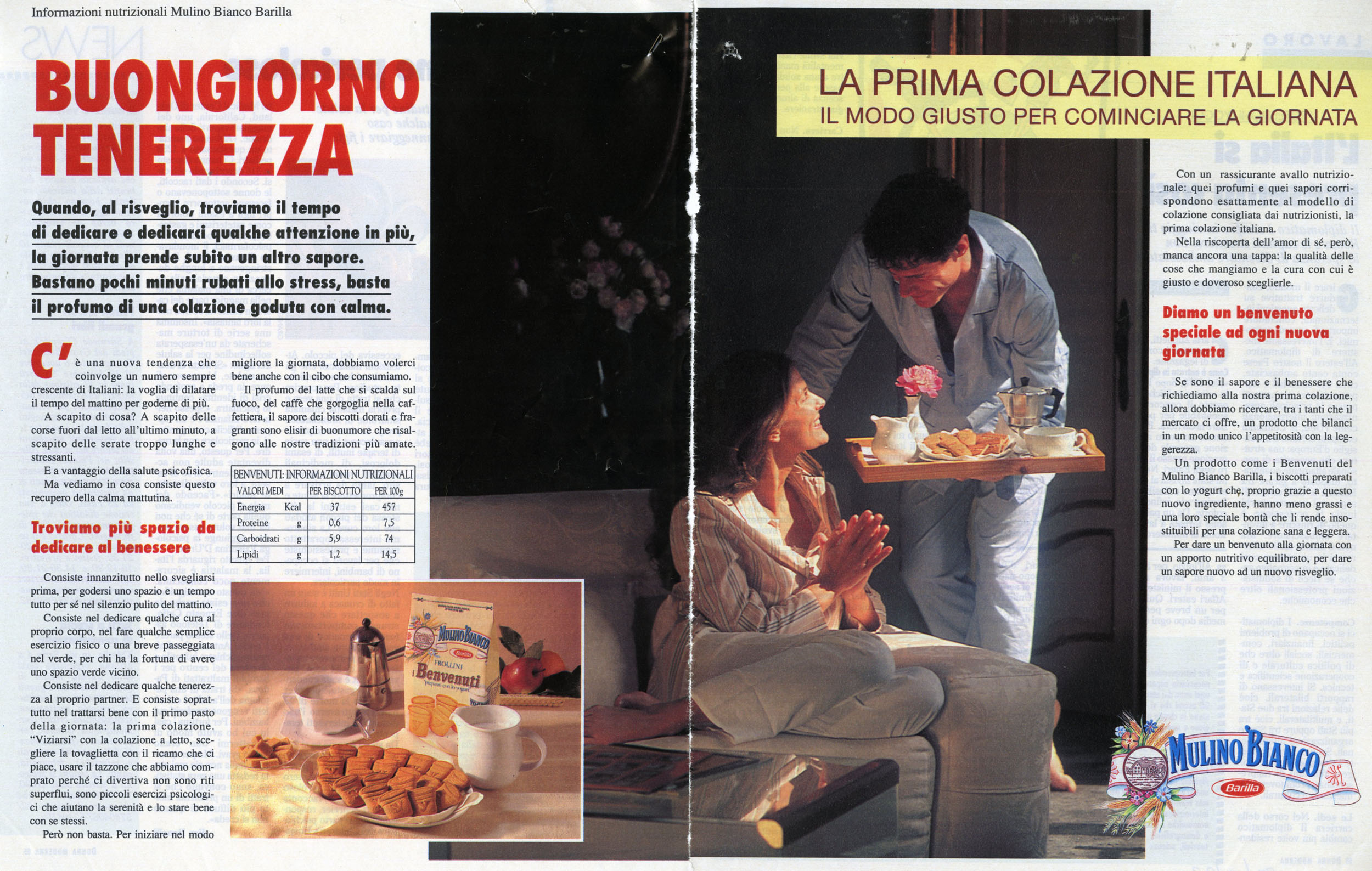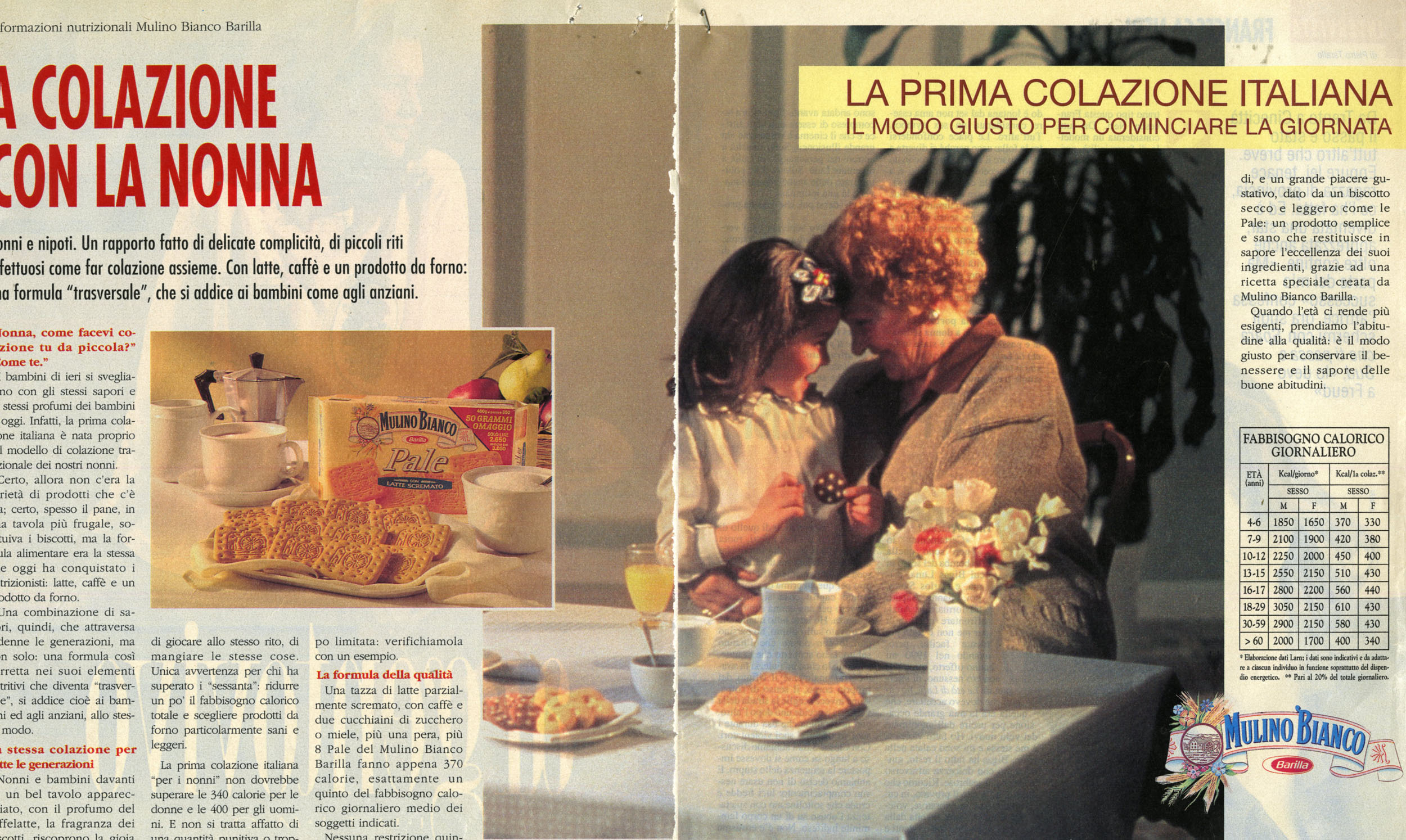Italian breakfast
Italian breakfast
by Daniela Pirani
The story of Mulino Bianco is also the story of Italian breakfast. Through Mulino Bianco biscuits, the habit of eating something in the morning, possibly sweet and with milk, has become the norm. Anthropologist Marino Niola reports how until the 1950s, the Italian rural population used to have breakfast with stale bread soaked in milk, sometimes also cheese, polenta and the leftovers of the night before. It was only with the economic boom that biscuits became much more accessible, and in 1967 they represented 78% of the total Italian bakery production. However, the growing biscuit consumption was only partially linked to breakfast. In the early 1970s, only one third of the population would eat something before leaving the house and breakfast was considered a fundamental meal only for children. It was children who consumed most of the biscuits, mainly dry ones, which were considered as an alternative to bread. Mulino Bianco reinvented the Italian breakfast by developing his frollini, which were sweeter, more wholesome and gratifying. By making frollini an accessible and everyday product, Mulino Bianco incentivised breakfast, increasing the number of those who would have something to eat along with their cup of coffee. The consumption of biscuits progressively moved towards breakfast, this time seducing the adults as well. By 1978, the majority of Italians had biscuits regularly, and by the early 80’s almost the 70% of biscuits were consumed in the morning. A little more than a decade after the launch of Mulino Bianco, breakfast based on coffee, milk and bakery products became commonplace, taking over the habit of eating stale bread, now associated to poverty.
In the meantime, a new kind of breakfast had arrived. Adopted from the United States and from the neighbouring countries beyond the Alps, this was based on yoghurt and cereals, and was considered healthier and modern. In the early 1990s, Italians experienced the paradox of regularly consuming milk and biscuits while considering breakfast with cereals and fruit more nutritious yet not gratifying enough to become a daily habit. Thus, Mulino Bianco decided to collaborate with nutritionists and physiologists to confirm the validity of Italian breakfast. The ‘Italian Breakfast’ campaign started in 1992, with the goal of communicating the value of breakfast based on bakery products through press and scientific institutions. During this campaign, the data emerging from scientific conferences targeting physicians and paediatrics was being shared with the Italian press. Ending in 1996, this campaign contributed to consolidate the nutritional validity of the Italian breakfast, embedding it as part of the Mediterranean Diet, and promoting adoption of this meal by Italians. Thanks to the development of frollini and to the nutritional research, Mulino Bianco contributed new meanings to the Italian breakfast, and consolidated its value as part of the Italian gastronomic tradition.
